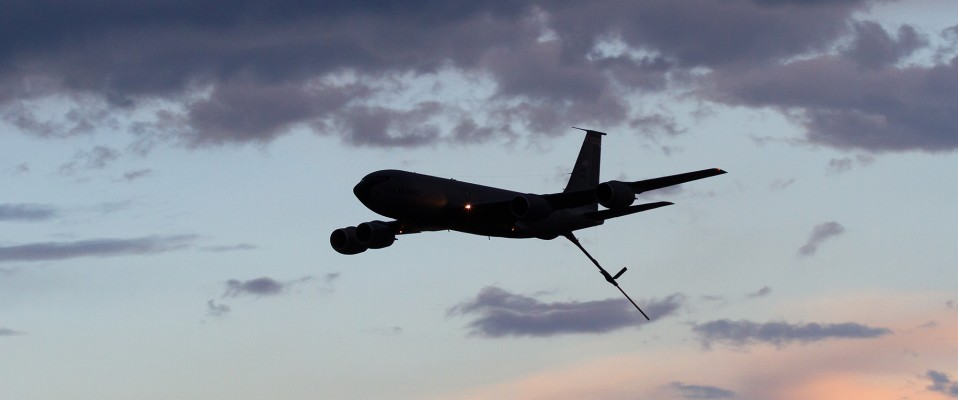EAA AirVenture 2018 – Part One
An overview of the Military Aircraft
Report and images by Jeremy D. Dando
December 30, 2018
Military Aircraft
This was my eighth AirVenture and my third year photographing and writing for Aviation Photography Digest. As you may know EAA AirVenture in Oshkosh, Wisconsin is the annual gathering of Experimental Aircraft owners Association members and their aircraft in central Wisconsin. Besides all types of GA aircraft there is a significant military and aviation industry support. This years the theme was “The year of the tanker”. And as we know “Nobody Kicks A$$ Without Tanker Gas”.
This year, our coverage of the EAA AirVenture is broken into two parts; one focusing on the military aircraft and the second on the non-military activity.
Since AirVenture is a week long event I was able to spend some time with the pilots and crew of various aircraft. It was a great opportunity to chat with the men and women in our Armed forces. Unlike most of us (myself included) who turn away from danger or calamity these men and women run towards the danger and stand in the gap to protect America.
C-5M
The 312th Military Airlift Squadron of the USAF sent the mighty C-5M Super Galaxy to Oshkosh it was parked center stage in the middle of main show plaza. With the tail open and the nose lifted airshow attendees were able to walk through the cavernous cargo deck of entire plane. The Super Galaxy is the current embodiment of the C-5 A, B and C. In order to become a “Super Galaxy” the A, B, and C models have had the RERP and AMP upgrades. I met up with Major Jordan Kalish and got the “upper deck tour”. To reach the flight deck one climbs a small set of stairs up about twenty feet from the cargo deck. Unlike the flight deck of most airliners, the flight deck of the C-5M is like a living room. One of the unique features is the “dual throttle system”. Both the left and right seat have a throttle control, I guess the flight deck is so big a central throttle quadrant would not work.
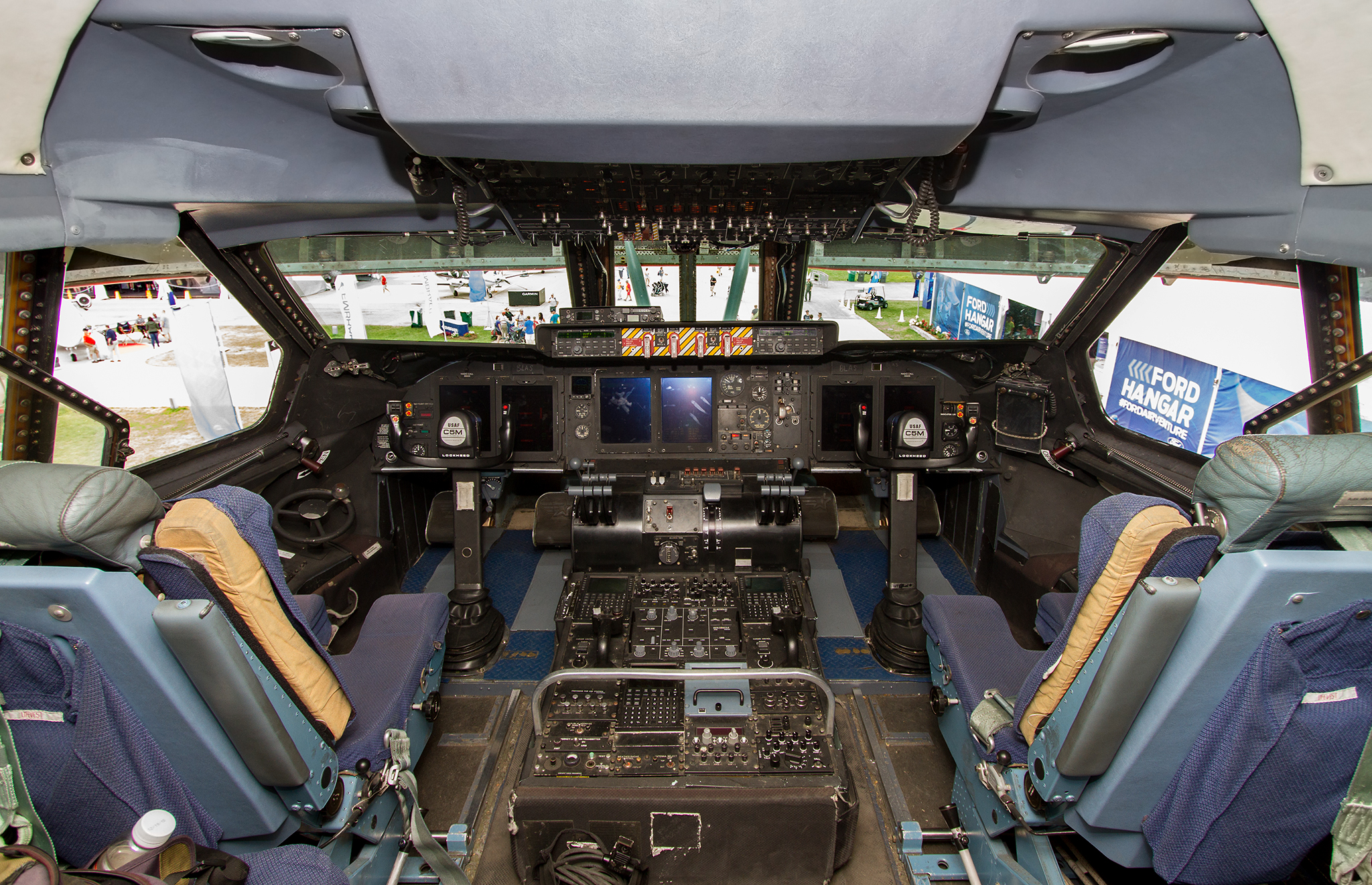
The typical crew is 8, however a minimum of 4 (pilot, copilot and two flight engineers) are required. Flight Engineer Freites walked me around the flight engineers station and we discussed the rather complex fuel tank system which includes 12 wing tanks. All tanks can be fueled from a single point, however there are four fuel points and it can receive fuel from two fuel trucks at one time. The fuel capacity is 332,500 lbs. I guess I should not complain about my 19 gallon tank of premium gas anytime soon.
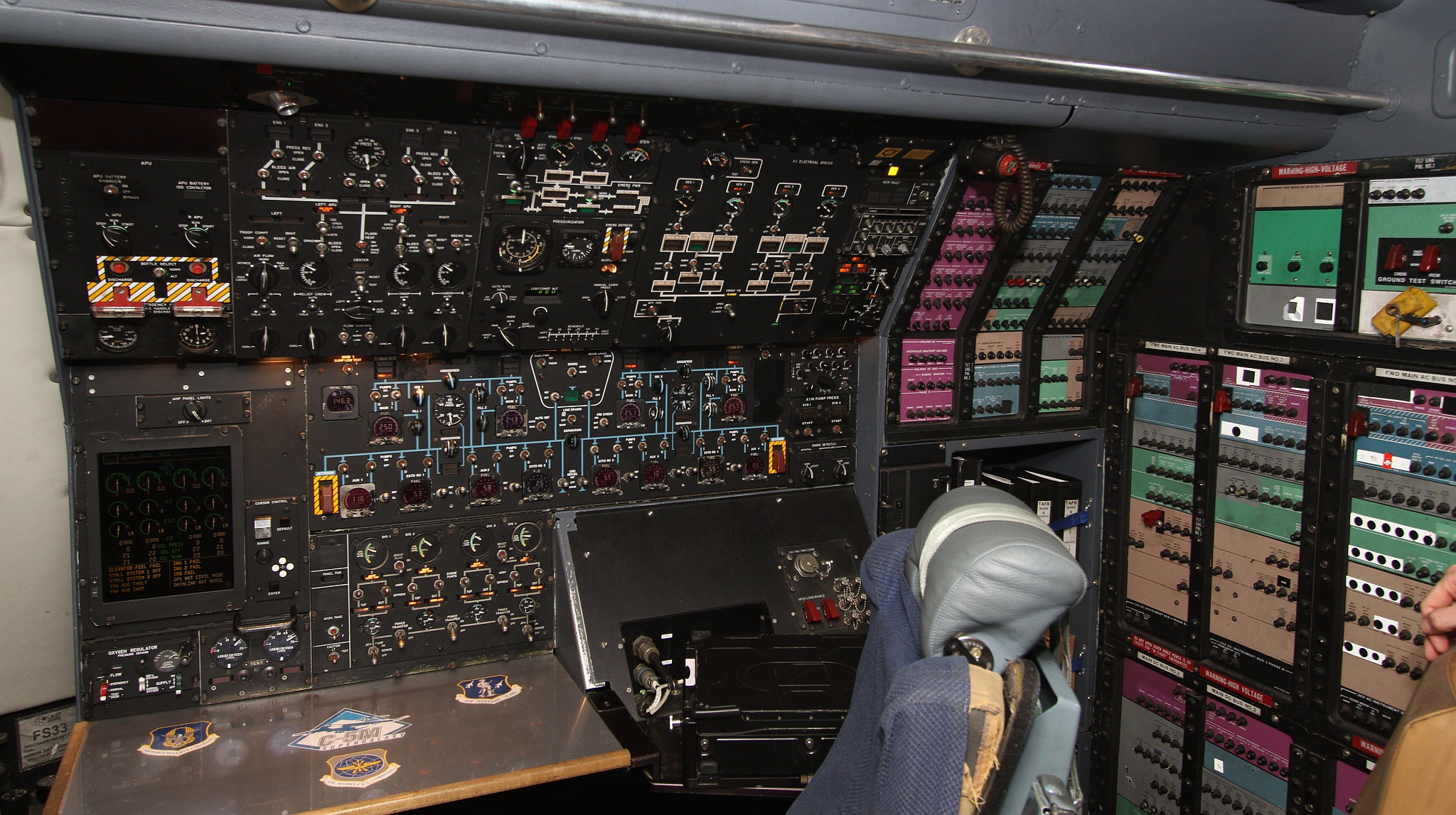
My tour continued to the “aft crew/courier” compartment. An area which has room for 22 people. The aircraft also has an aft troop compartment with room for 73 passengers and 2 crew.
I asked about flying the C-5M and Major Kalish said that in the air ‘the controls are reasonably light”, but on the ground good CRM and communication are required to taxi and maneuver an aircraft that is 247 feet long.
C-17 Demo
The C-5M’s “little” brother was on hand to fly a demonstration. There was a lot of yanking and banking in the air and then a very short field landing. The C-17 then backed up to show center. I have enough trouble backing a car down a long driveway, not sure how the pilot backs up a 173 foot long airplane with no rearview mirrors!
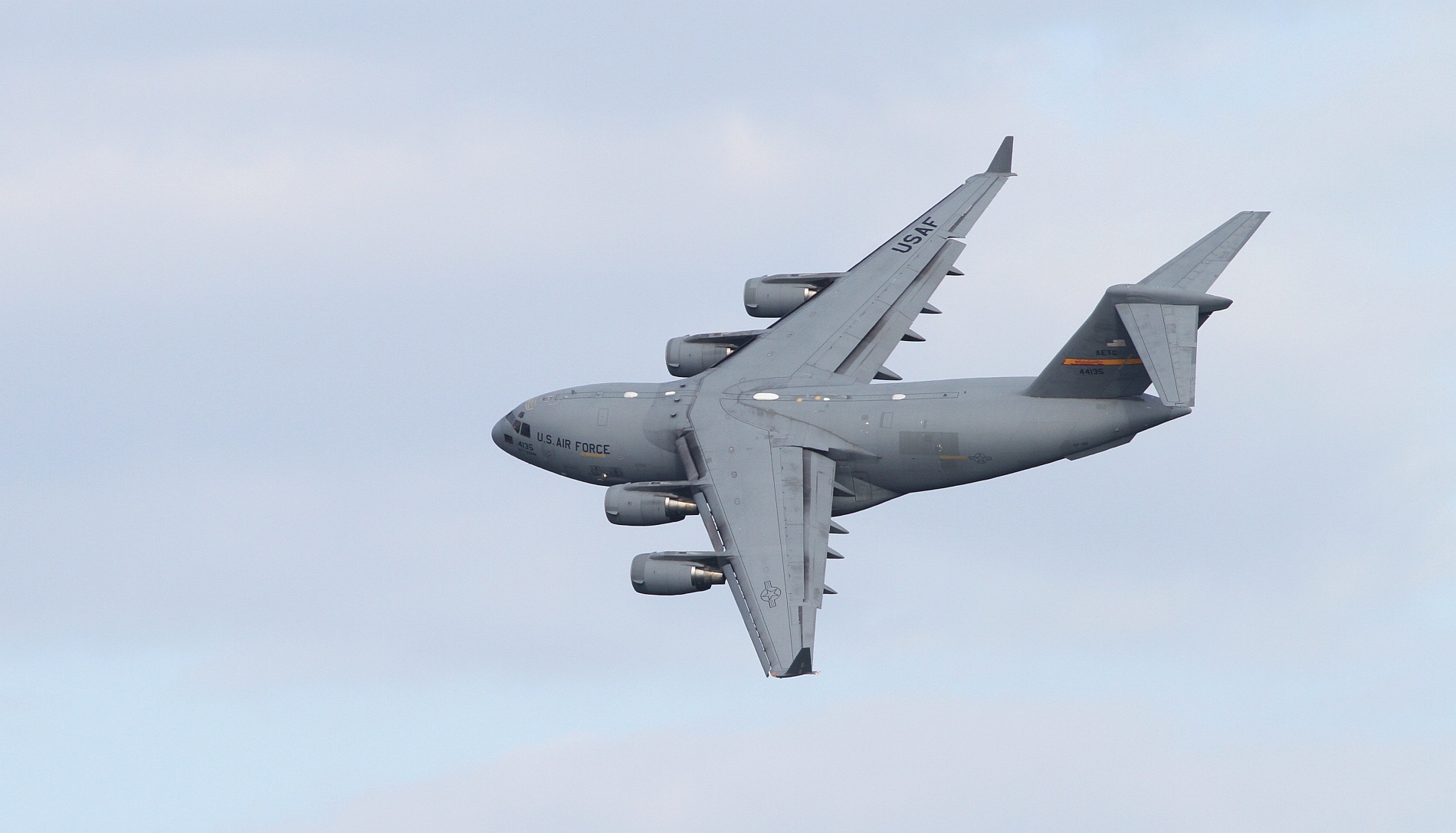
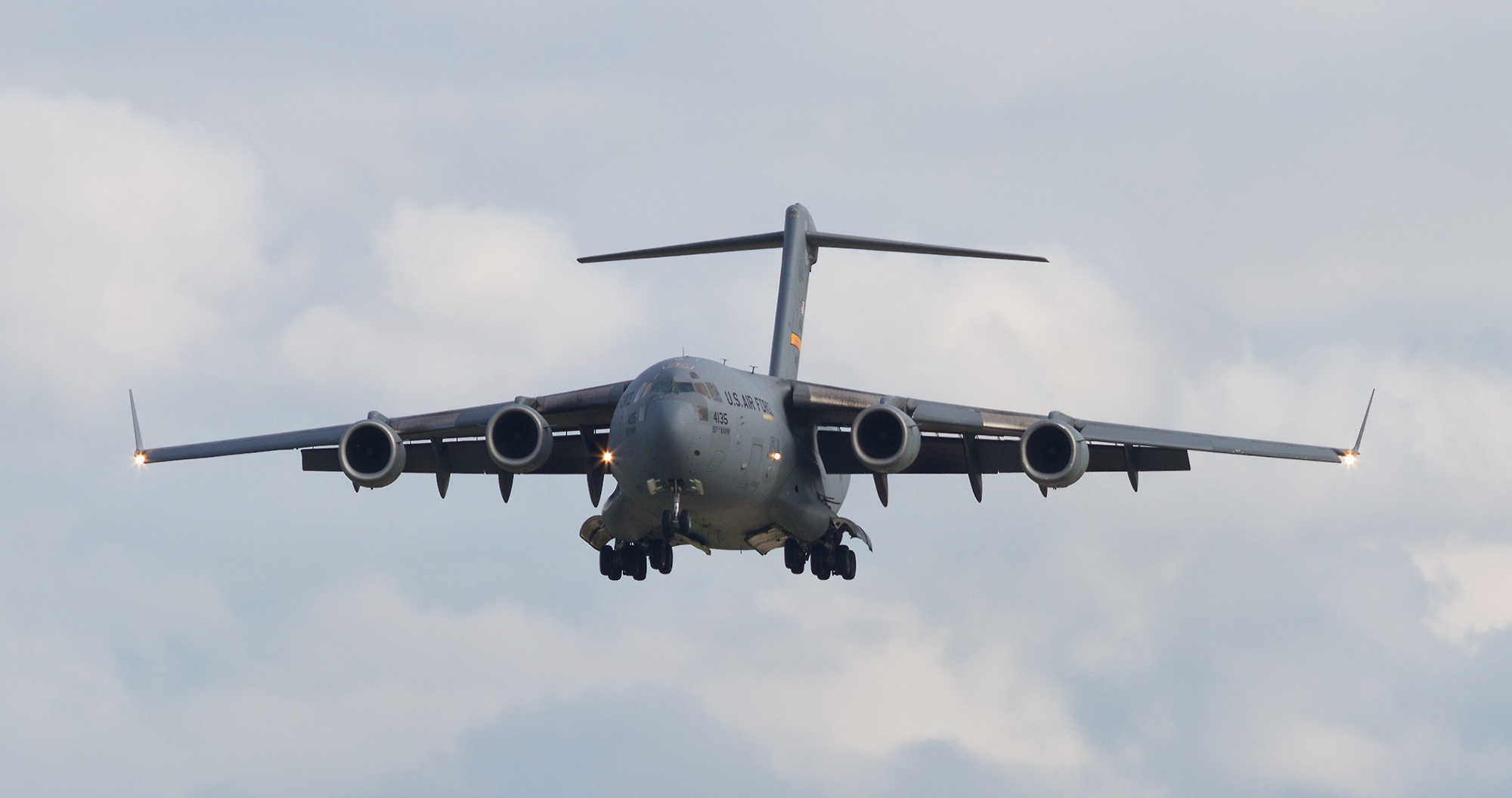
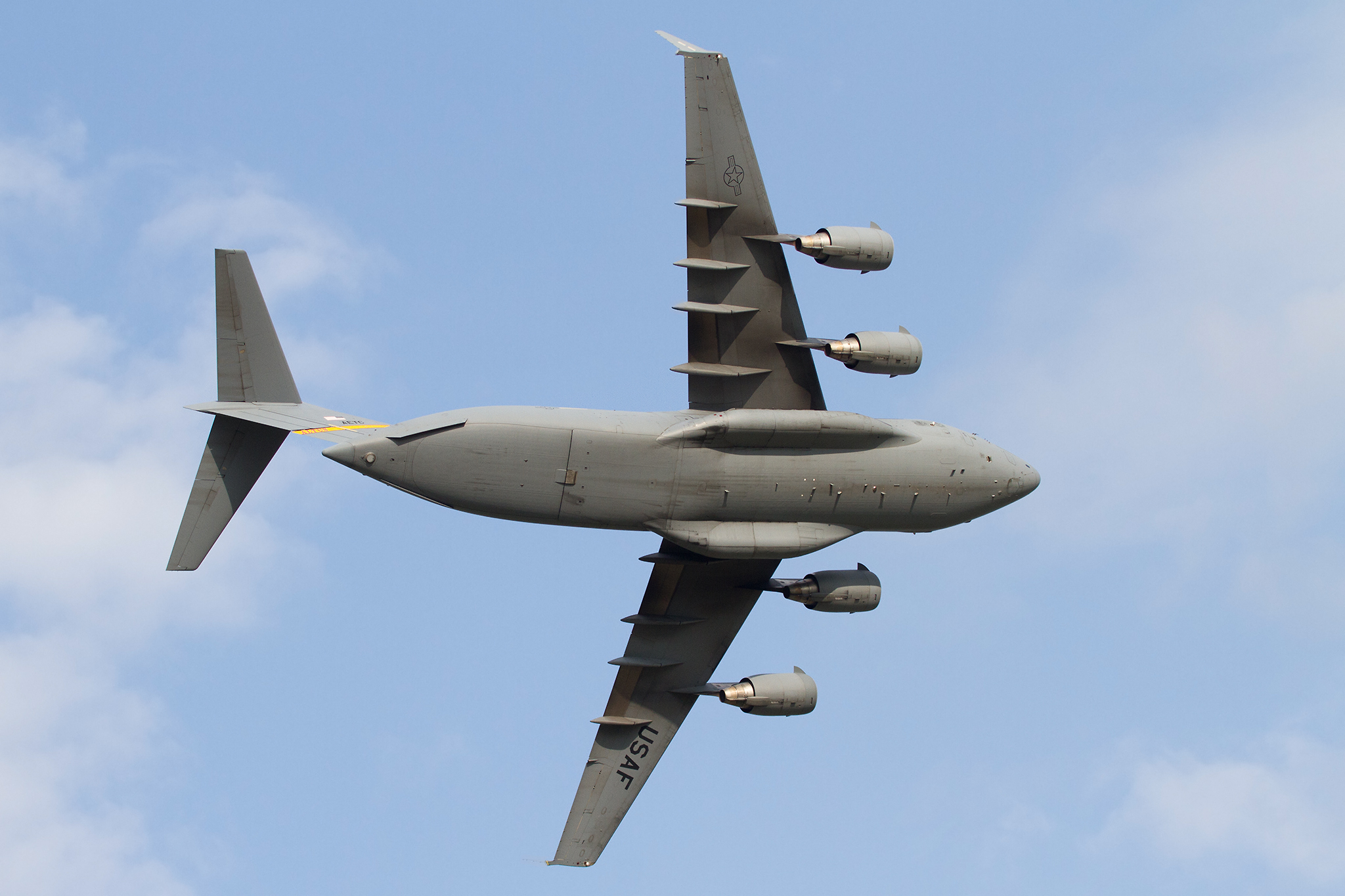
A-10 Heritage paint
AirVenture brings out all the cool aircraft. Our friends at The 107th Fighter Squadron of the Michigan Air National Guard 127th Wing sent their special livery A-10 to drop by. The A-10 is always a crowd favorite and this one is the best looking A-10 around, it attracted a lot of attention whether in the air or on the central plaza.
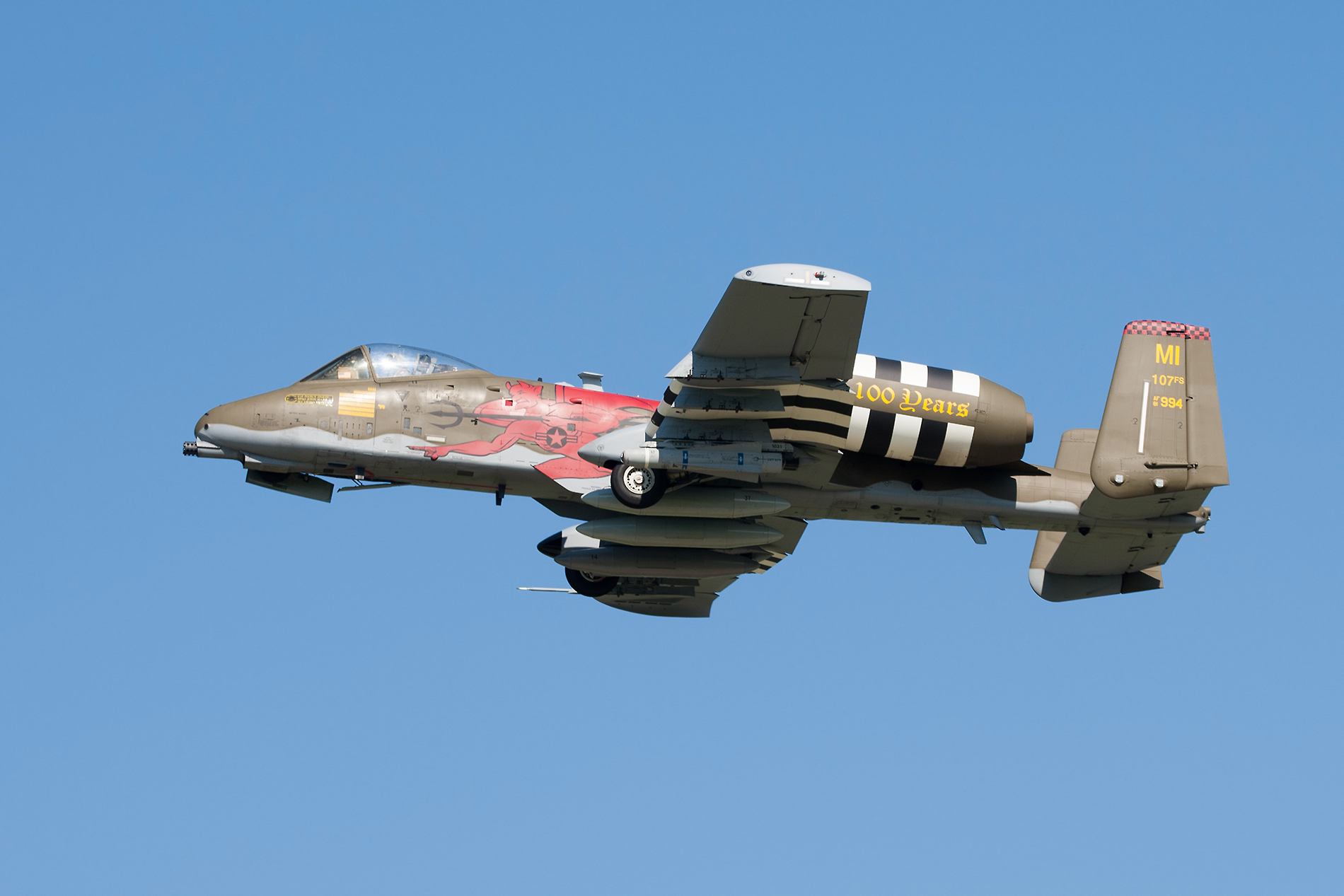
B-1
Dyess AFB sent a B-1 to visit for a couple of days. Last year I got to visit the flight deck and this year I opted for a walk around. I was able to get a couple of pictures of the landing gear and the bomb bay. If you are seeing this view of the bomb bay in anger, then your day is probably going to get a lot worse.


The weather turned sour on Wednesday evening and the B-1 made a tactical departure, corkscrewing up into the sky in full afterburner!
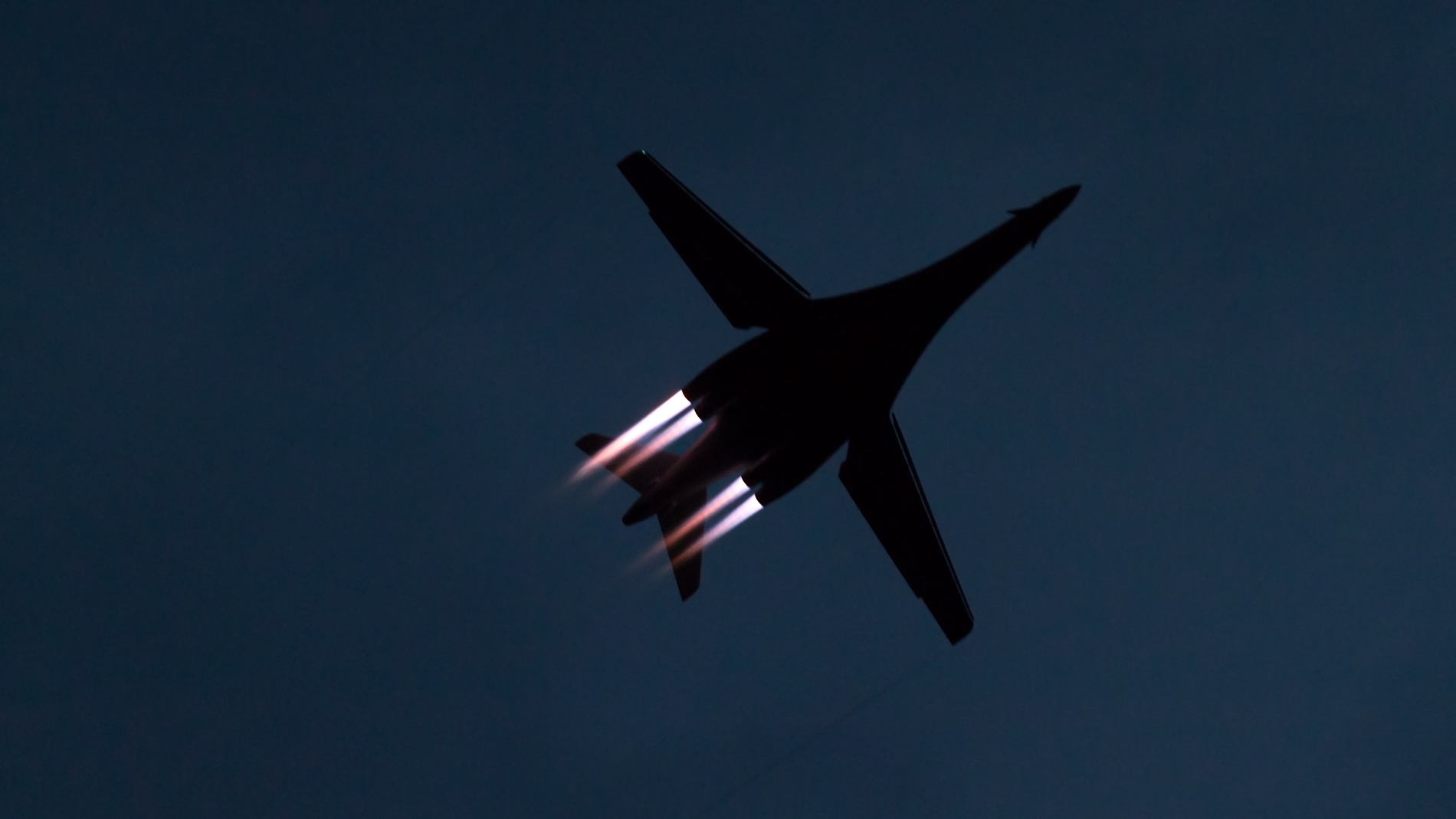
Tankers
KC-10
The KC-10’s of the Air Force are sometimes referred to as “The Gucci Boys”. I believe the name came about in the 1990’s as the new “fancy” airframes came on board replacing older aircraft built in the late 50’s. I had the privilege of interviewing reservist Captain Hodgson during my walk around. The KC-10 is built on the MD-10 platform and requires a four person crew (pilot, co-pilot, flight engineer and boom operator). The KC-10 shares over 80% of it parts with it’s civilian counterpart the MD-10.

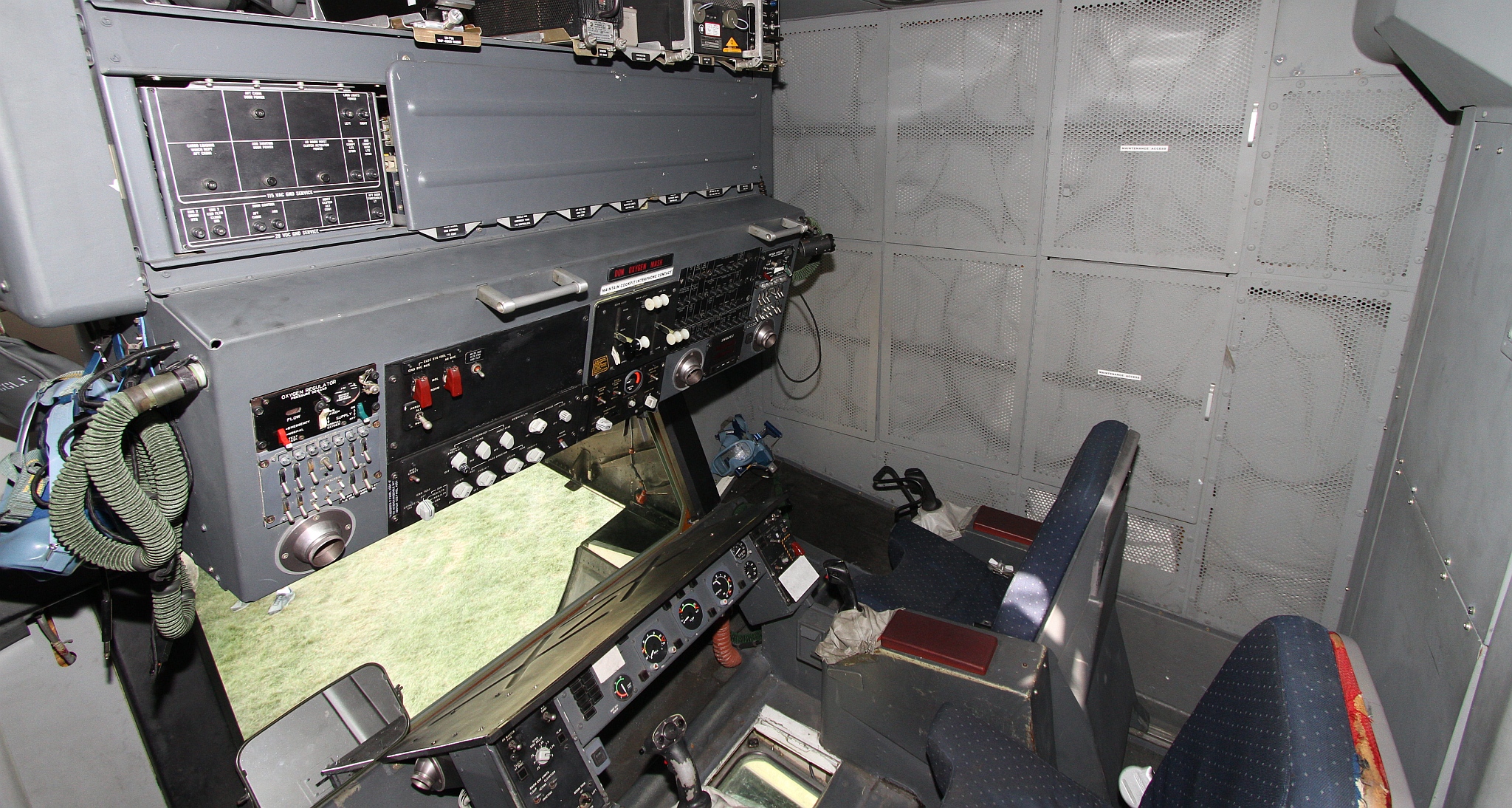
The KC-10 carries 356,000 lbs of gas, almost twice that of the KC-135. When used as a troop transport it can carry 75 soldiers and 146,000 lbs of cargo or 170,000 lbs of cargo in a cargo only role.

The versatility of the KC-10 also extends to its refueling capability. It has the boom on the centerline and a hose and drogue basket off the wings. Since it has both refueling methods it can refuel; Air Force, Navy, Marine and Allied aircraft.


The KC-10 represents a smaller portion of the Air Forces tanker fleet with less than 60 airframes in the inventory. There are 396 KC-135 in service across the active duty, reserve, and Air National Guard.
KC-135
The KC-135 is probably the most recognizable tanker in the Air Force inventory. With 396 aircraft in the inventory most of us have seen this big gray bird. What we may not know that is derived from the venerable Boeing 707. The current inventory contains aircraft delivered from 1957- to 1966. The oldest KC-135 airframe was delivered in 1957 with the “state-of-the-art” J57 turbojets. The fleet has undergone several upgrade programs to re-engine and upgrade the old “steam” gauges to a “glass cockpit”. This plane can fly with a crew of three (pilot, co-pilot and boom operator).
The KC-135 has a centerline boom that the operator “flies” into position/coupling with the receiver aircraft. One the KC-135 the boomer lies prone The 48 foot long boom features an inner and outer member and has small “ruddervators” on the far end.

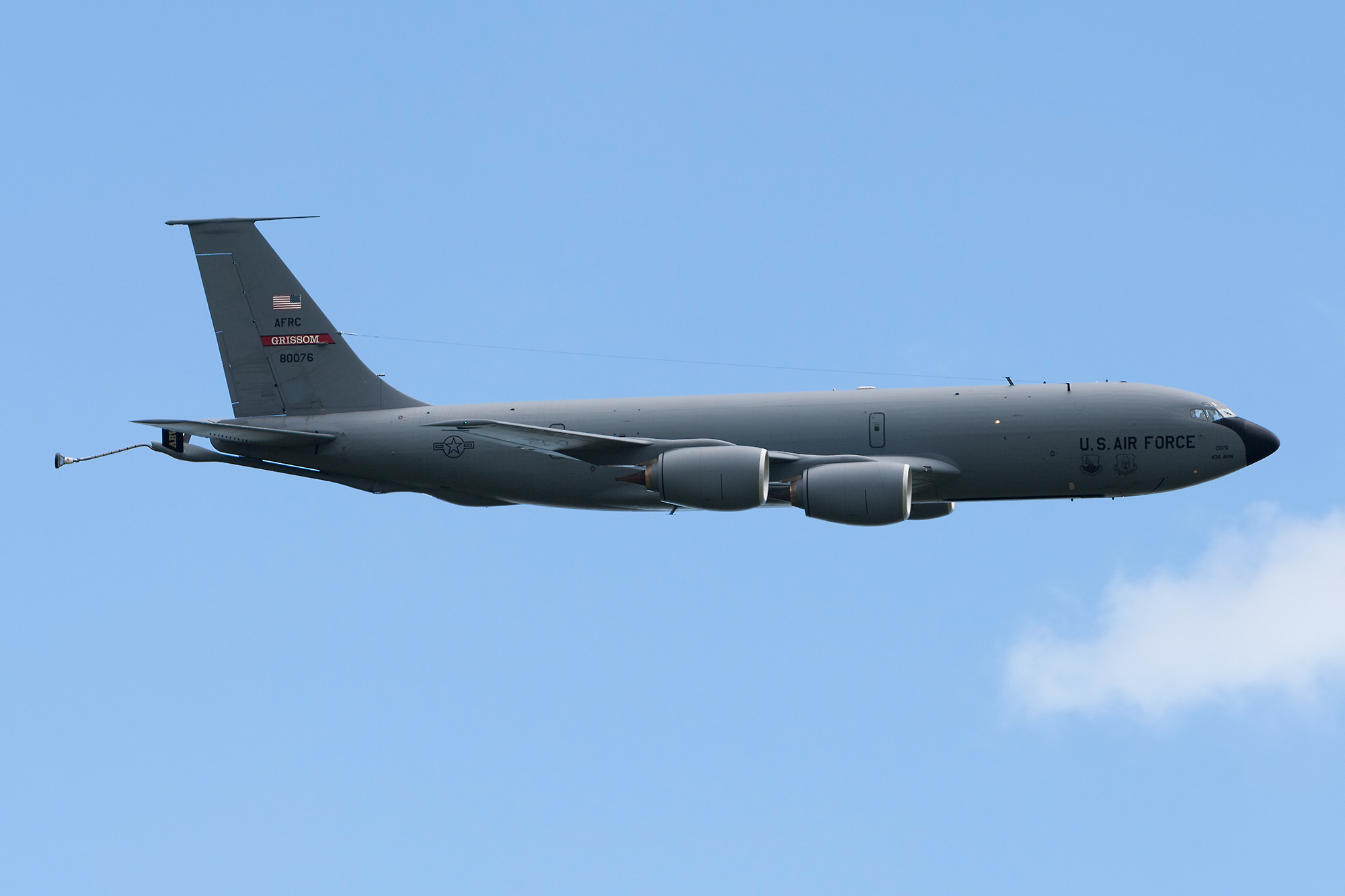
During the fly-bys we are able to see some of “alignment aids” used. On the belly of the KC-135 you will see a high-visibility strip along the centerline of the belly. Also note the high visibility pattern on the boom to show the about of boom extension. These aids help the boomer and “receiving aircraft” stay in the refueling box that is the envelope which is 12 feet long, 14 feet high, and 21 feet wide.
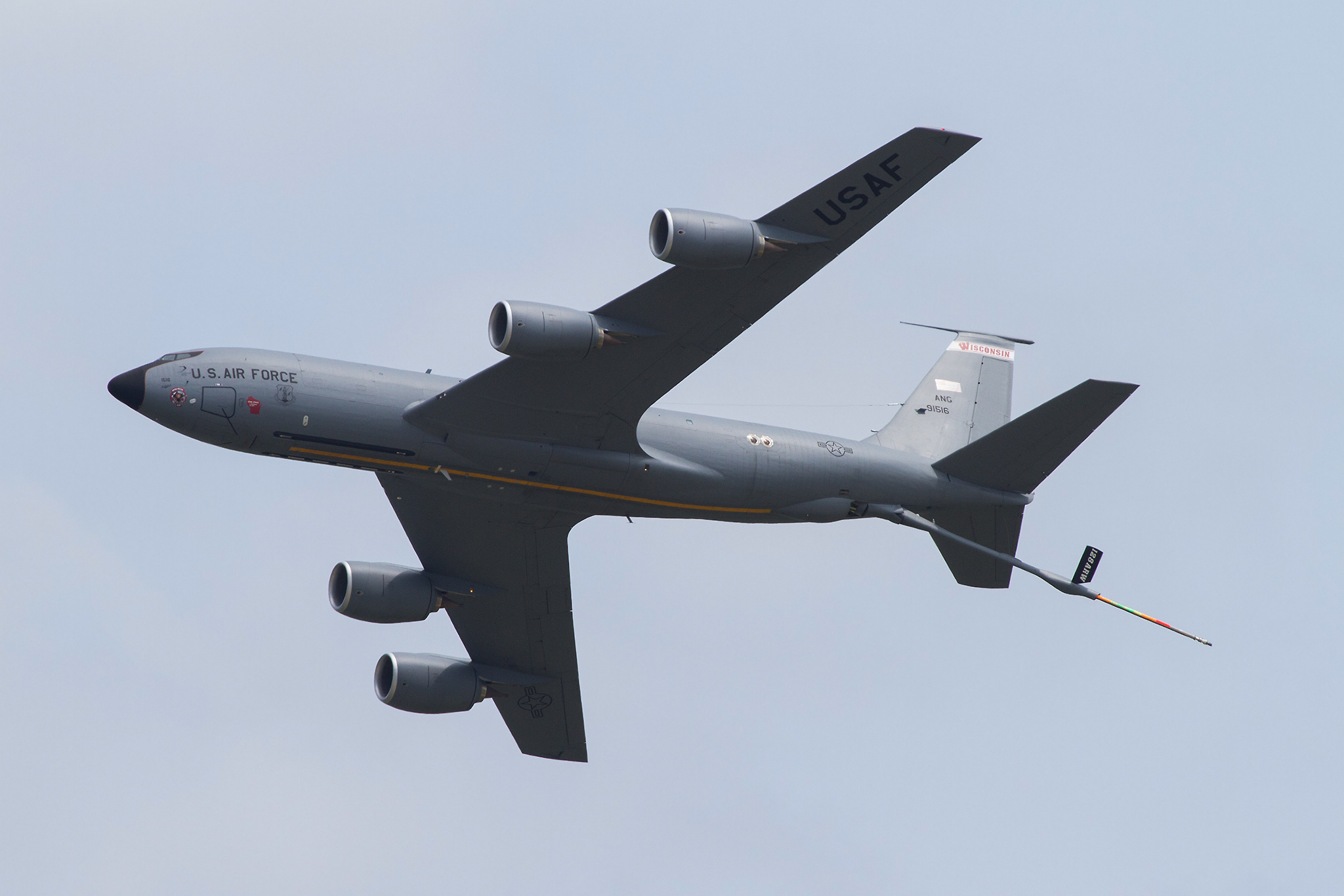

HC-130
Perhaps the least known tankers are the KC, MC and HC variants of the C-130. This model of the C-130 uses fuel tanks mounted in the cargo area and the hose and drogue method to refuel Navy and Marine fixed wing and rotary aircraft.

With the C-130 refueling is done from “Benson tanks” located in the cargo area. For me, an interesting fact was the coupling and decoupling forces of the drogue basket. It takes approximately 450 lbs of force to decouple from the basket. When you combine this with a lever arm of 81 feet (the pod is located near the wingtip), “it feels like a gorilla grabs and shakes the plane” when an plane disconnects from the refuelling pod.
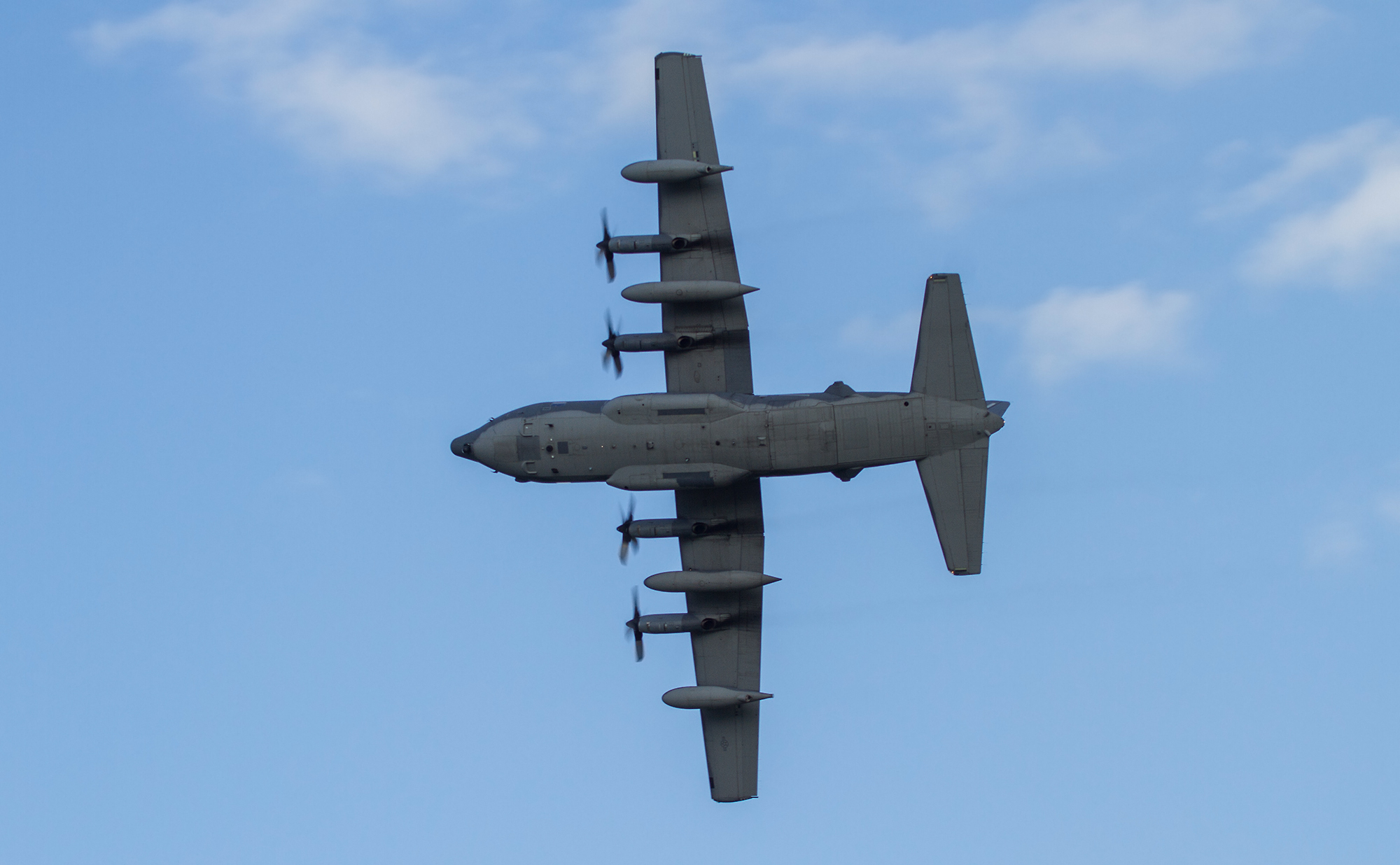
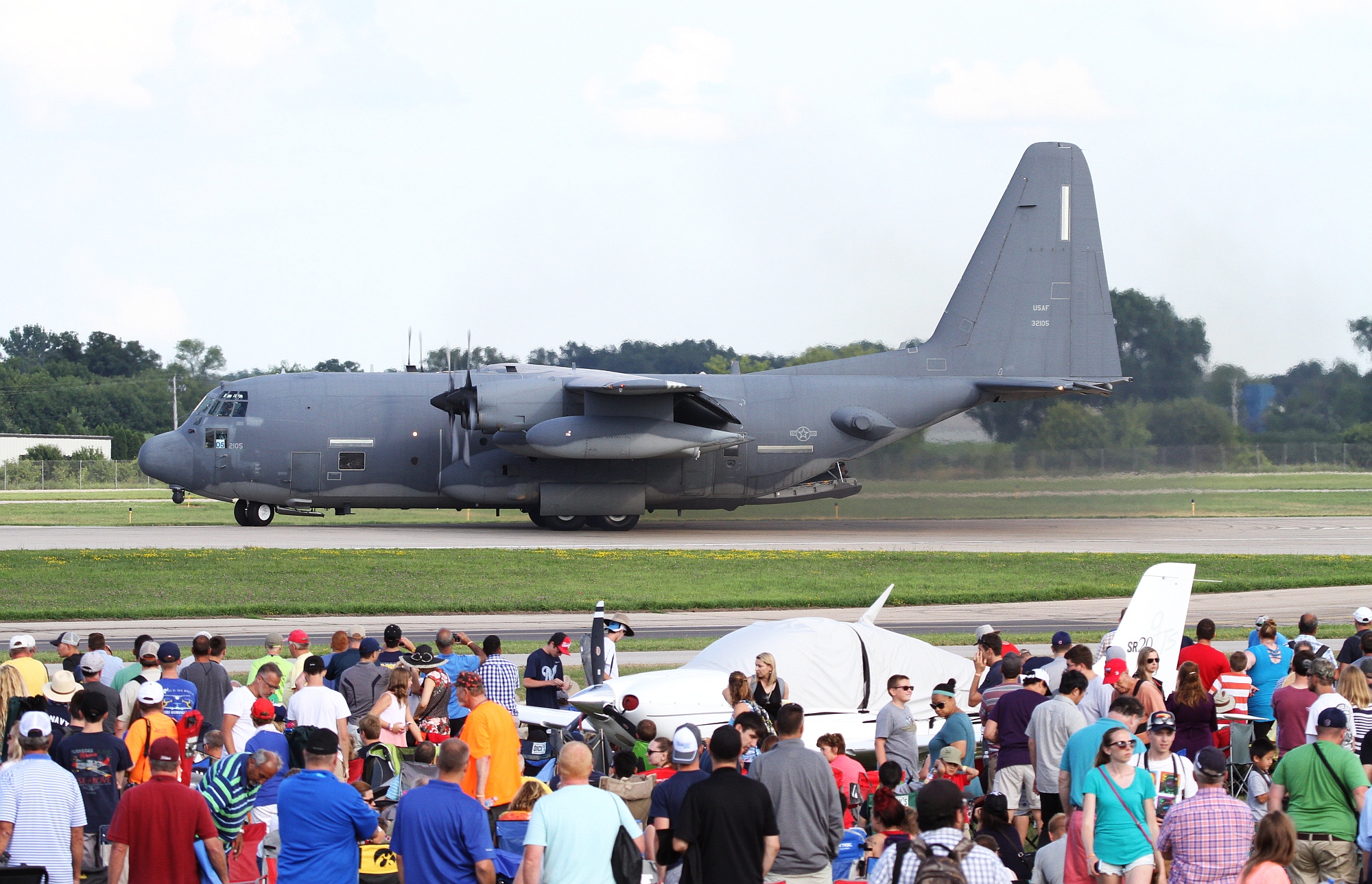
F-16 Viper Demo
The Viper Demo team from Shaw AFB brought in a couple of F-16’s for the Heritage Flight and F-16 Demo. Major John “Rain” Waters was the pilot of this block 50 version of the F-16. The airshow box for this week’s demo was a modified box, it shows the agility of the F-16. Aircraft speeds ranged from 115- 500+ mph, Major Waters pulls 9g ten times during a typical demo. This was Major Waters first AirVenture and he was impressed with incredible number of warbirds. The crowd was treated to two views of this F-16, the first in the F-16 demo and the second in Air Force Heritage flight.

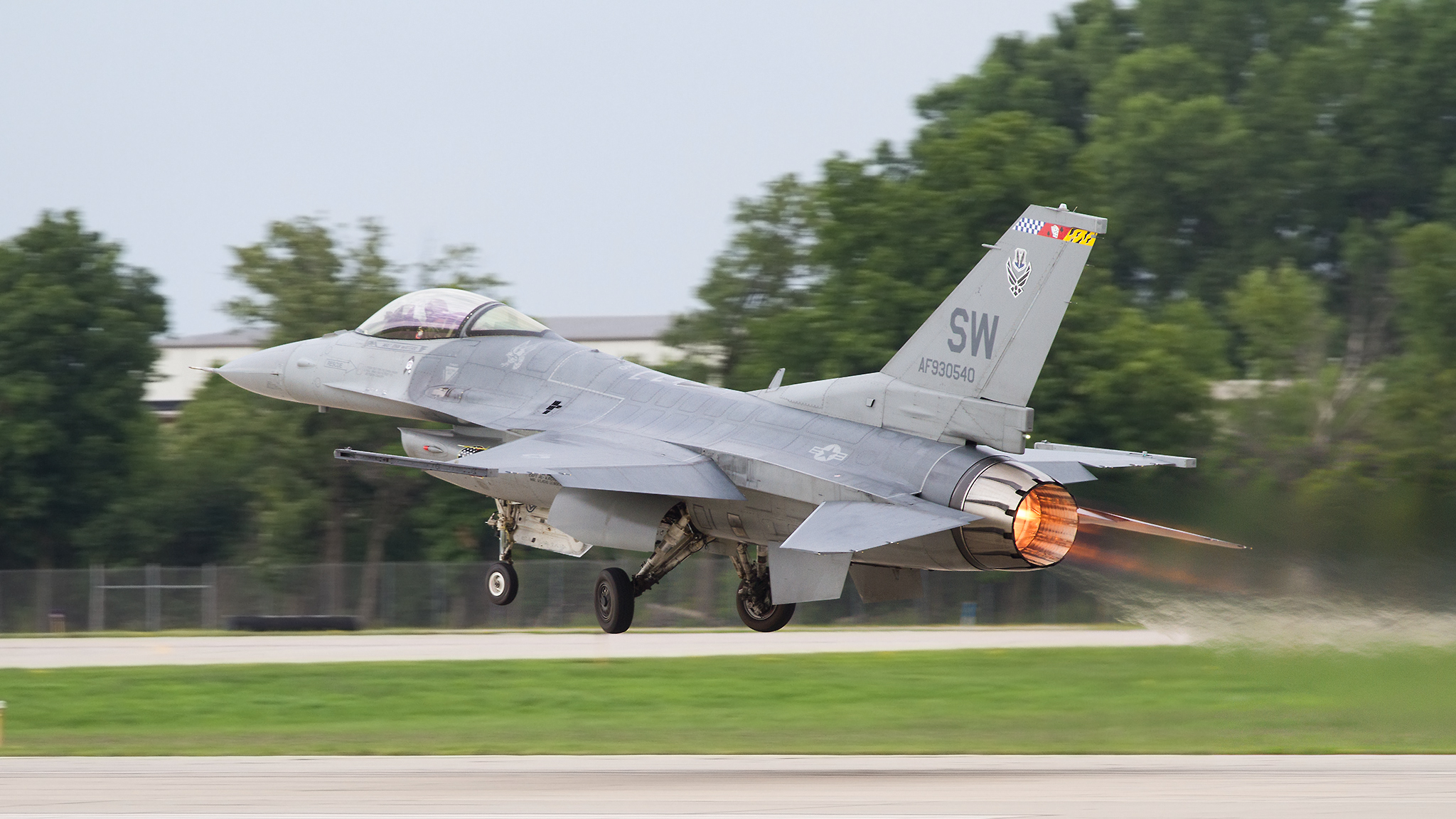
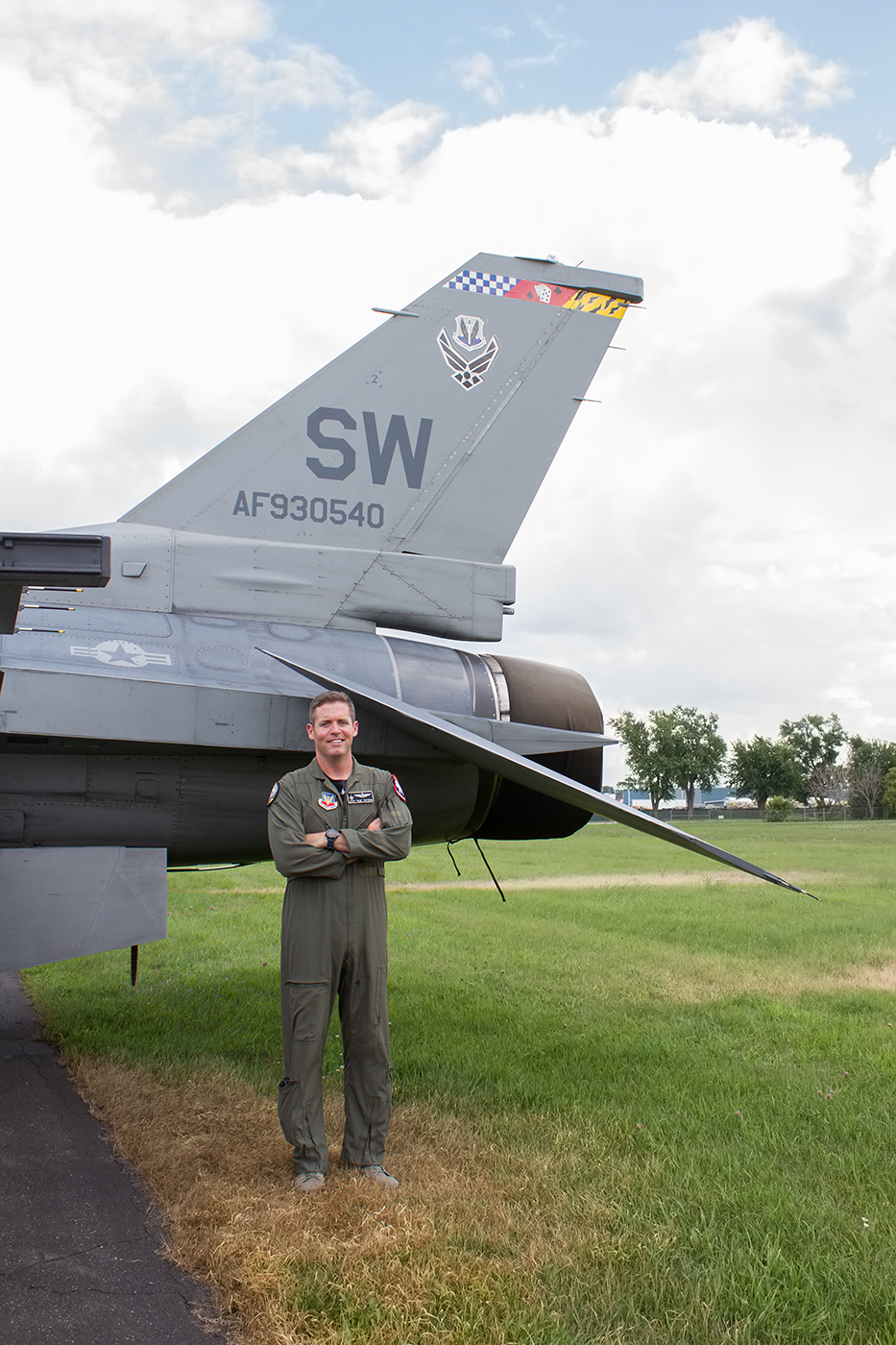
Navy Blue Angels
On Wednesday afternoon we got a special treat to start the afternoon airshow. It was none-other than the Blue Angels! We got a couple of formation passes as the team was on it’s way to an airshow in Fargo, North Dakota.
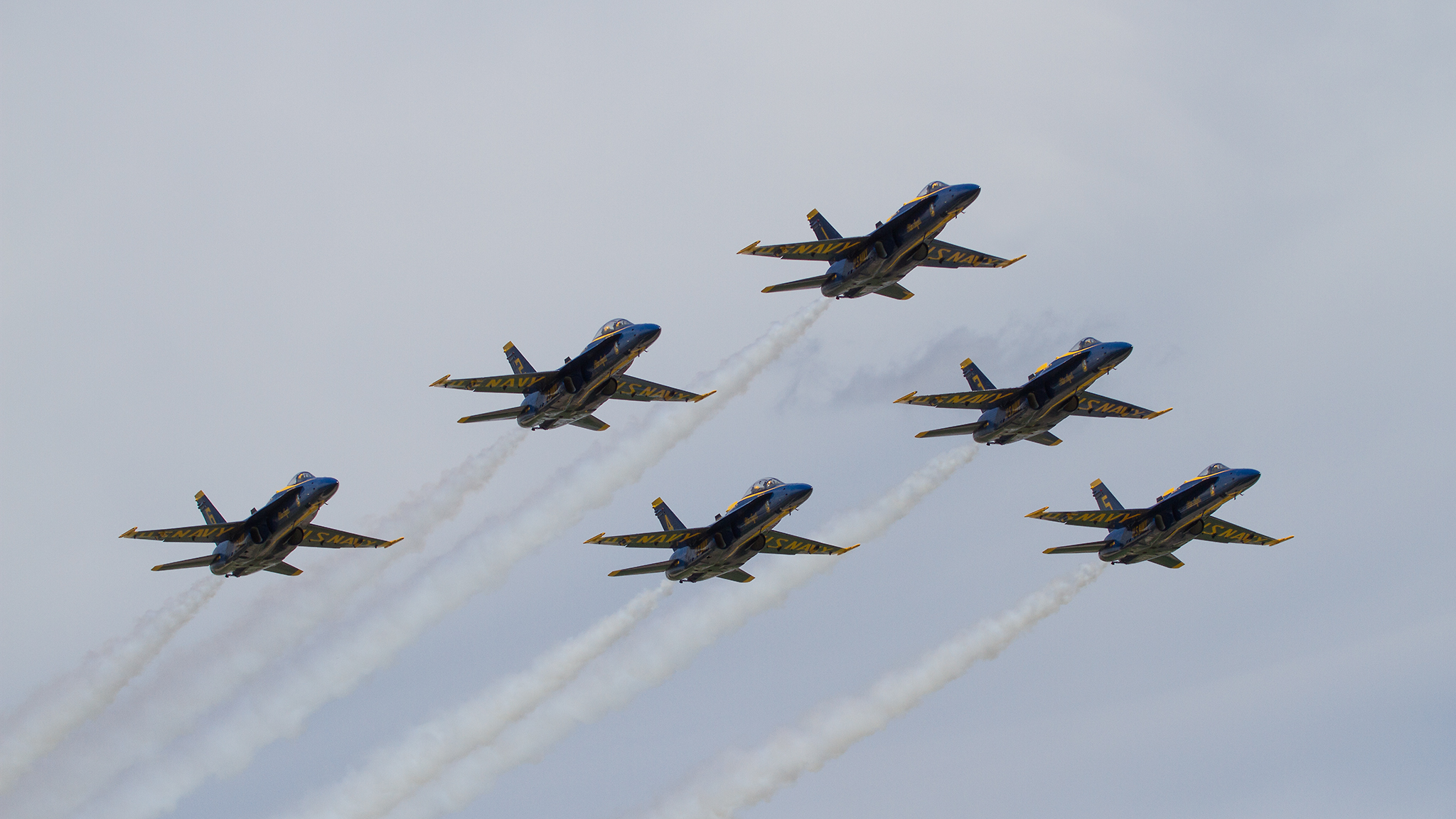
Non-Military aircraft
AF Heritage Flight
The airshow attendees were treated to several Heritage Flights during AirVenture. These displays are a great opportunity to see WWII aircraft flying with the current day Air Force equipment. Throughout the week we saw WWII Mustangs, Korean Era Skyraiders fly with the F-16. The photo passes are a real treat, as were the victory rolls after the formation flights broke out.


NASA S-3 Viking
One of really unique aircraft on hand wais the Lockheed S-3 Viking. Originally a Navy plane, the Lockheed S-3 Viking is a four-seat, twin-engine turbofan-powered jet aircraft that was used by the U.S. Navy primarily for anti-submarine warfare. The S-3B’s mission focus shifted to surface warfare and aerial refueling. The Viking also provided electronic warfare and surface surveillance capabilities to the carrier battle group. It was retired from Naval service in 2016, now NASA’s Glenn Research center operates the last Viking in a number or roles including; icing studies and carrying 1000 lbs of technology readiness level (TRL) hardware, i.e. hardware that has not yet been optimized for flight in terms of size and weight.
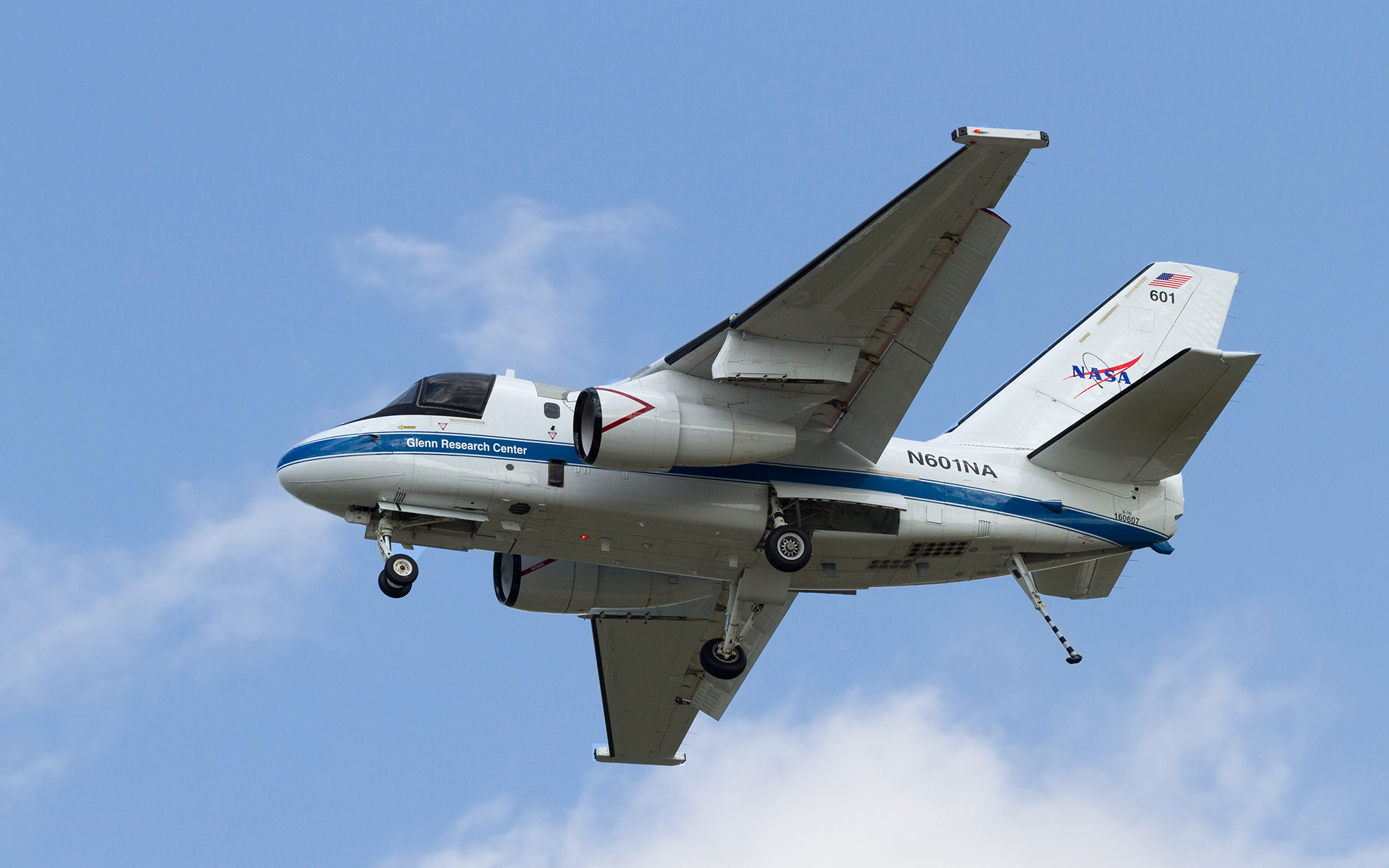
NOAA Gonzo
Gonzo is one of the three “named” aircraft; Kermit, Miss Piggy and Gonzo, that NOAA operates. This highly modified Gulfstream G-IV SP is used to forecast the intensity of tropical storms and hurricanes. The typical mission is 8-9 hours in duration and is constantly in the air during the storm season. The aircraft is named Gonzo due to it’s large nose. The large front radome covers C-band radar unit, while a X-band doppler unit is in the tail.


It is always great to see the Hula girl up front with all the sophisticated equipment up front. I bet she is shaking pretty good when they do an “eye wall penetration”!

Another modification is addition of a drop tube to allow release of meteorological devices into the upper levels of a hurricane.
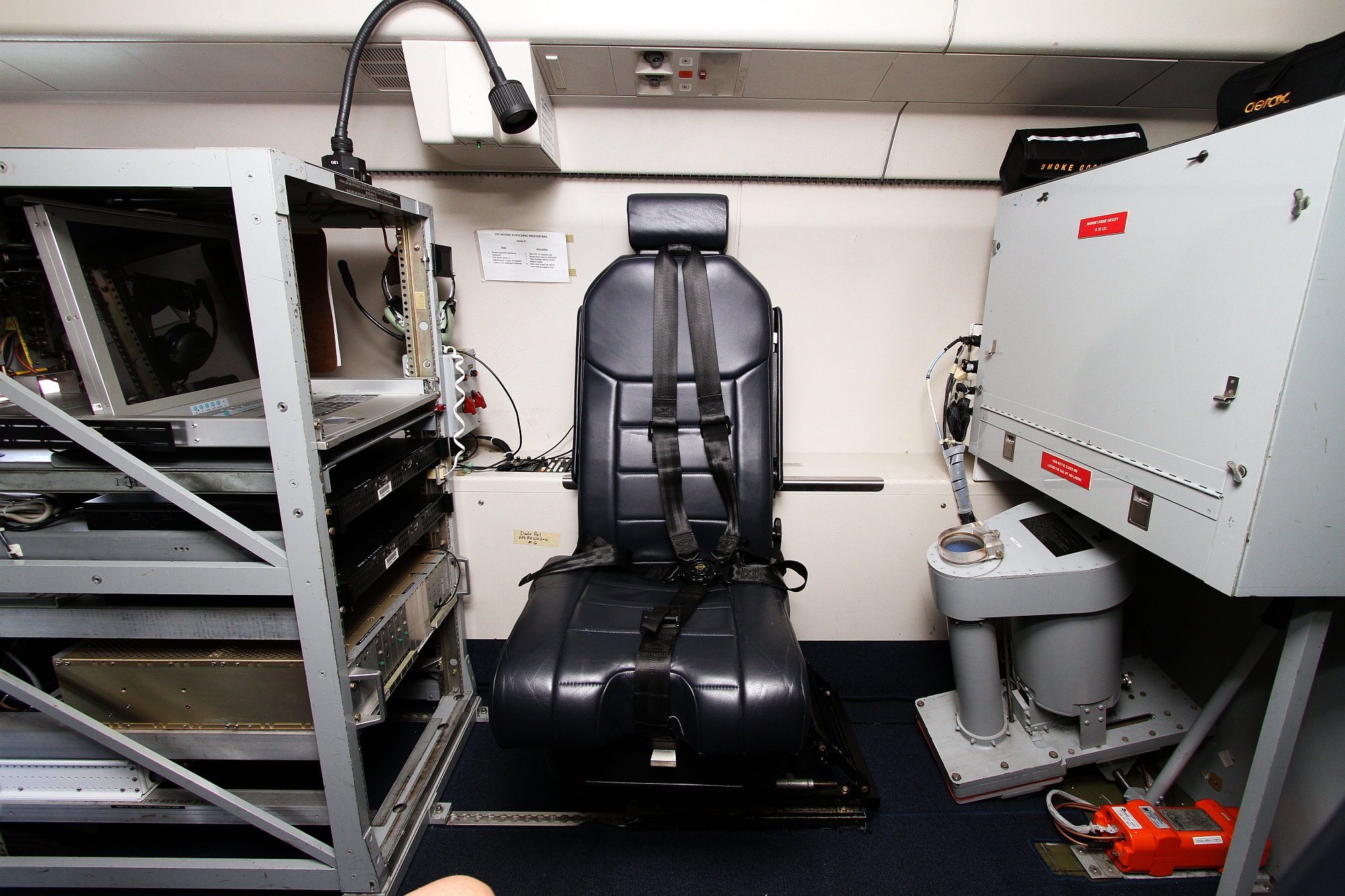
Stay tuned for part 2…
In addition to all these Military aircraft, there were over 10,000 aircraft and 2979 show aircraft at AirVenture. Part 2 of my coverage will feature some of my highlights of the best GA, Vintage and experimental aircraft.
A special thanks to the EAA organization and volunteers that make this airshow possible and the US military for their participation and access for interviews.
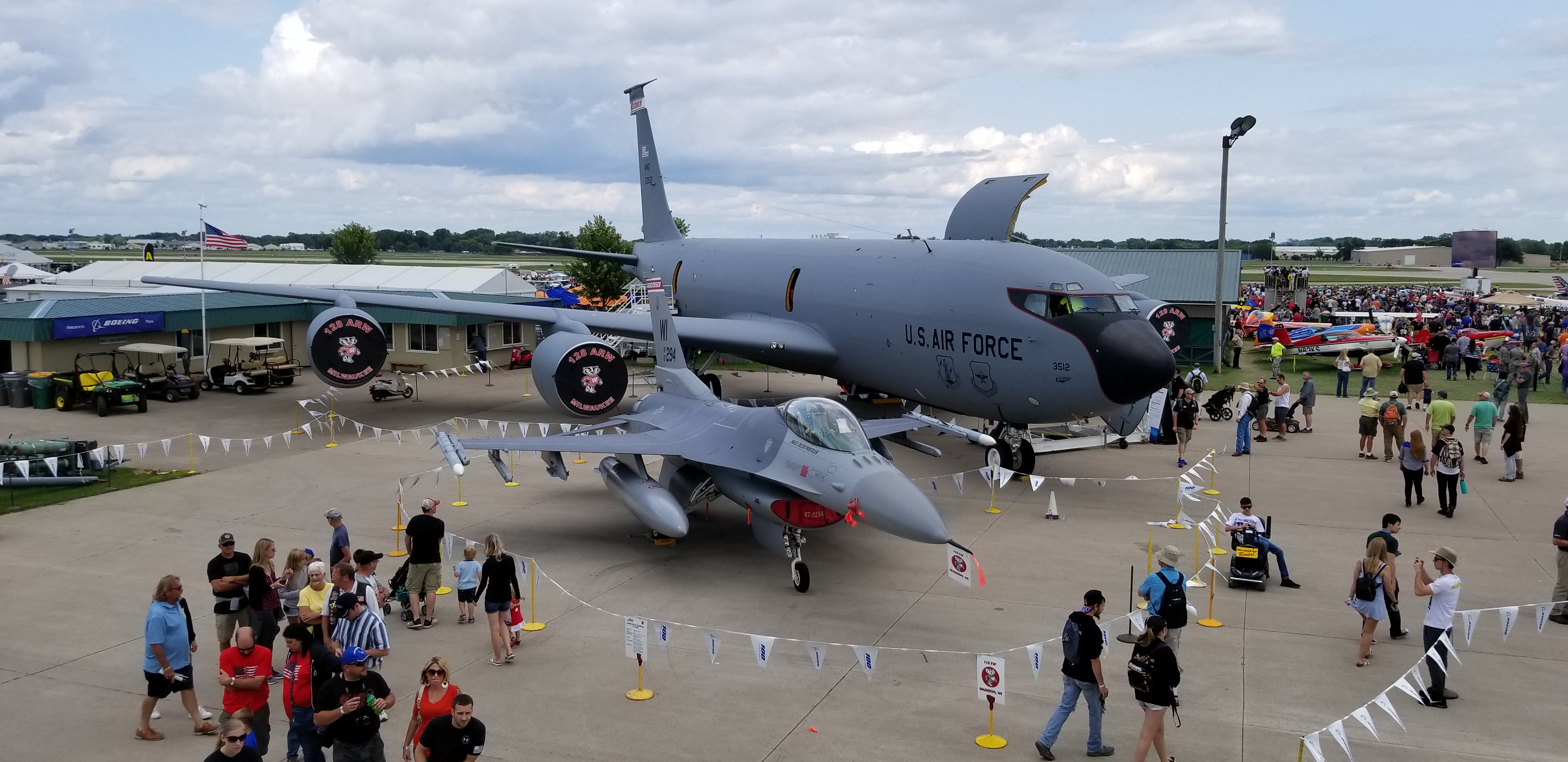
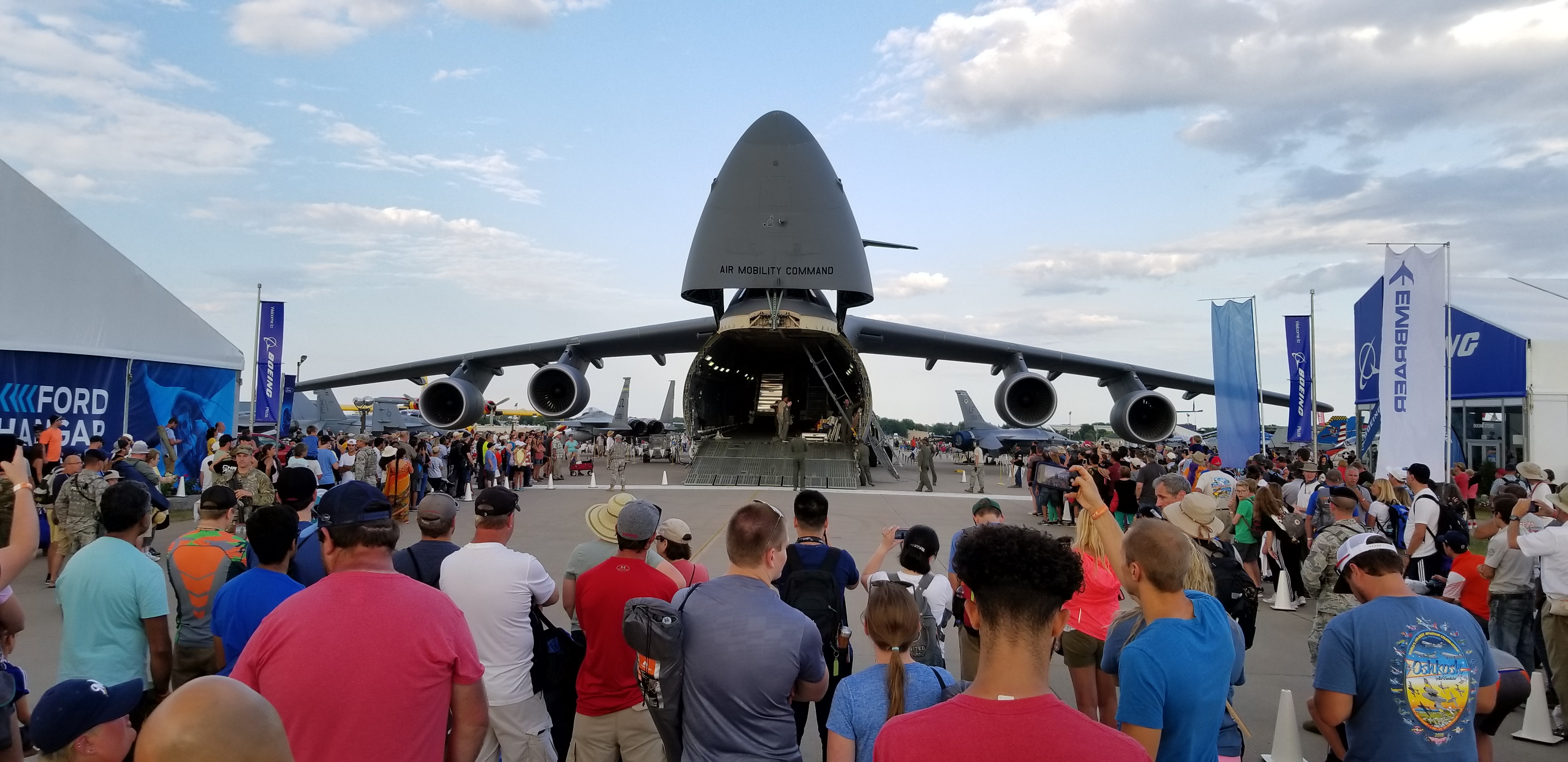
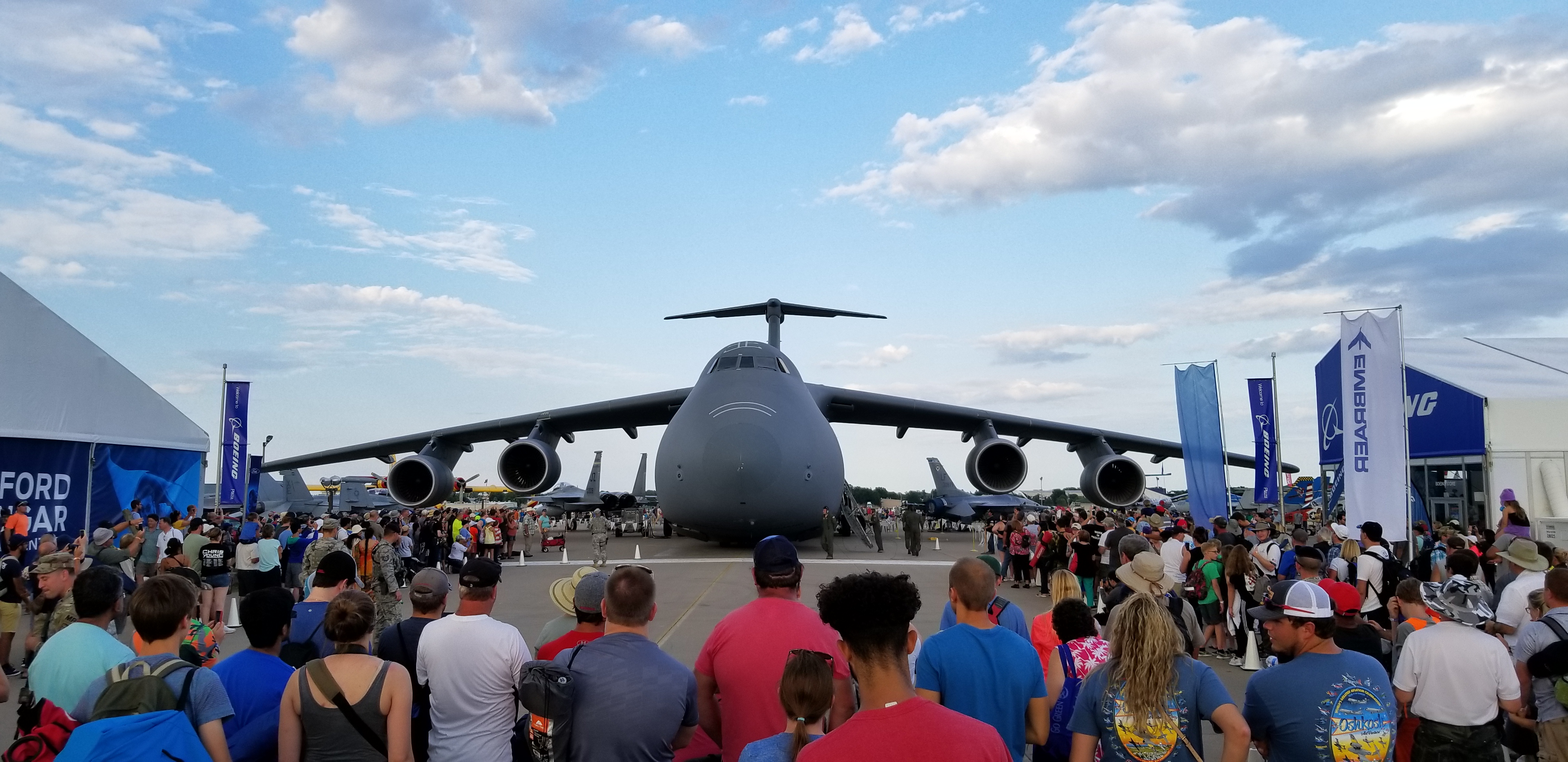

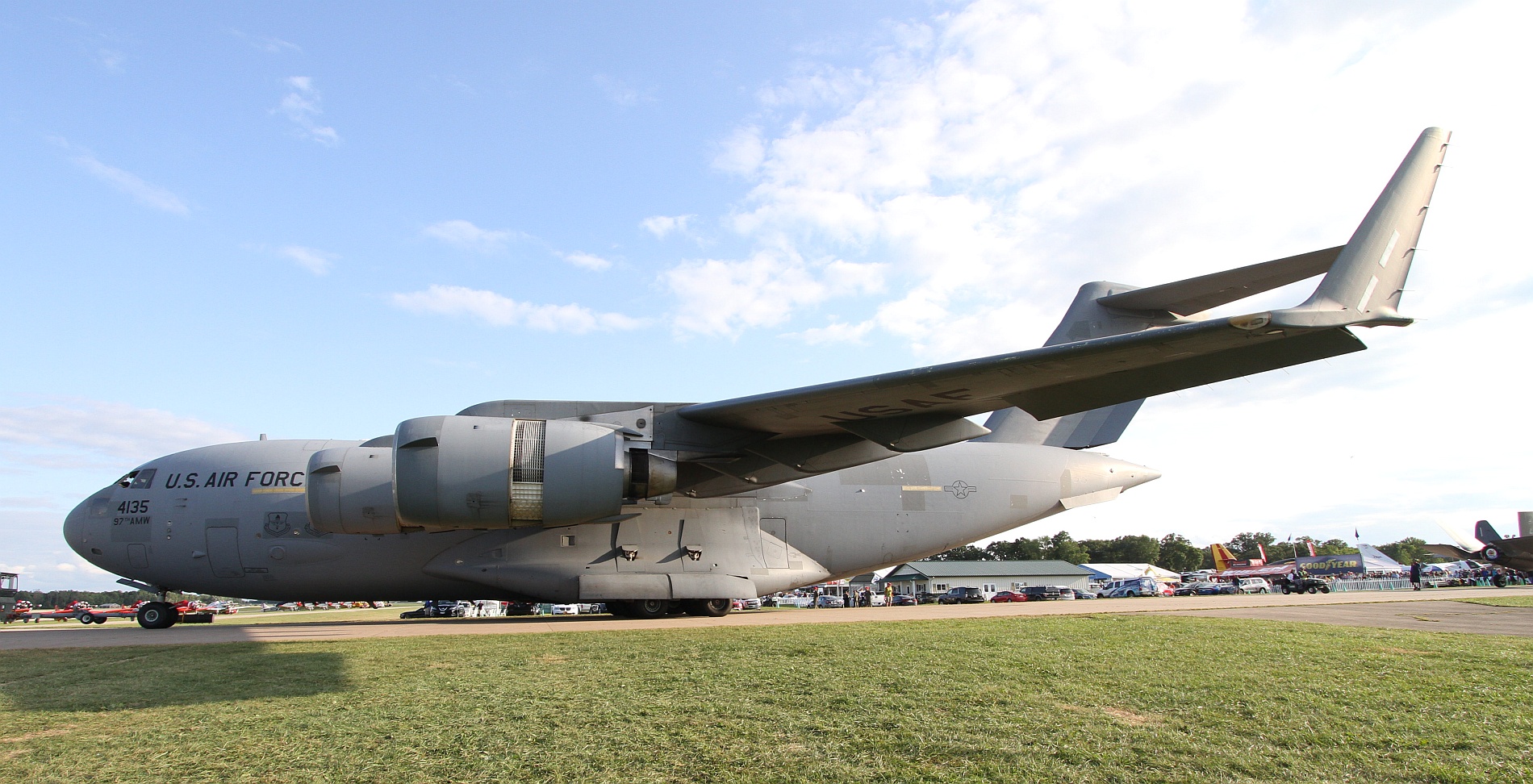
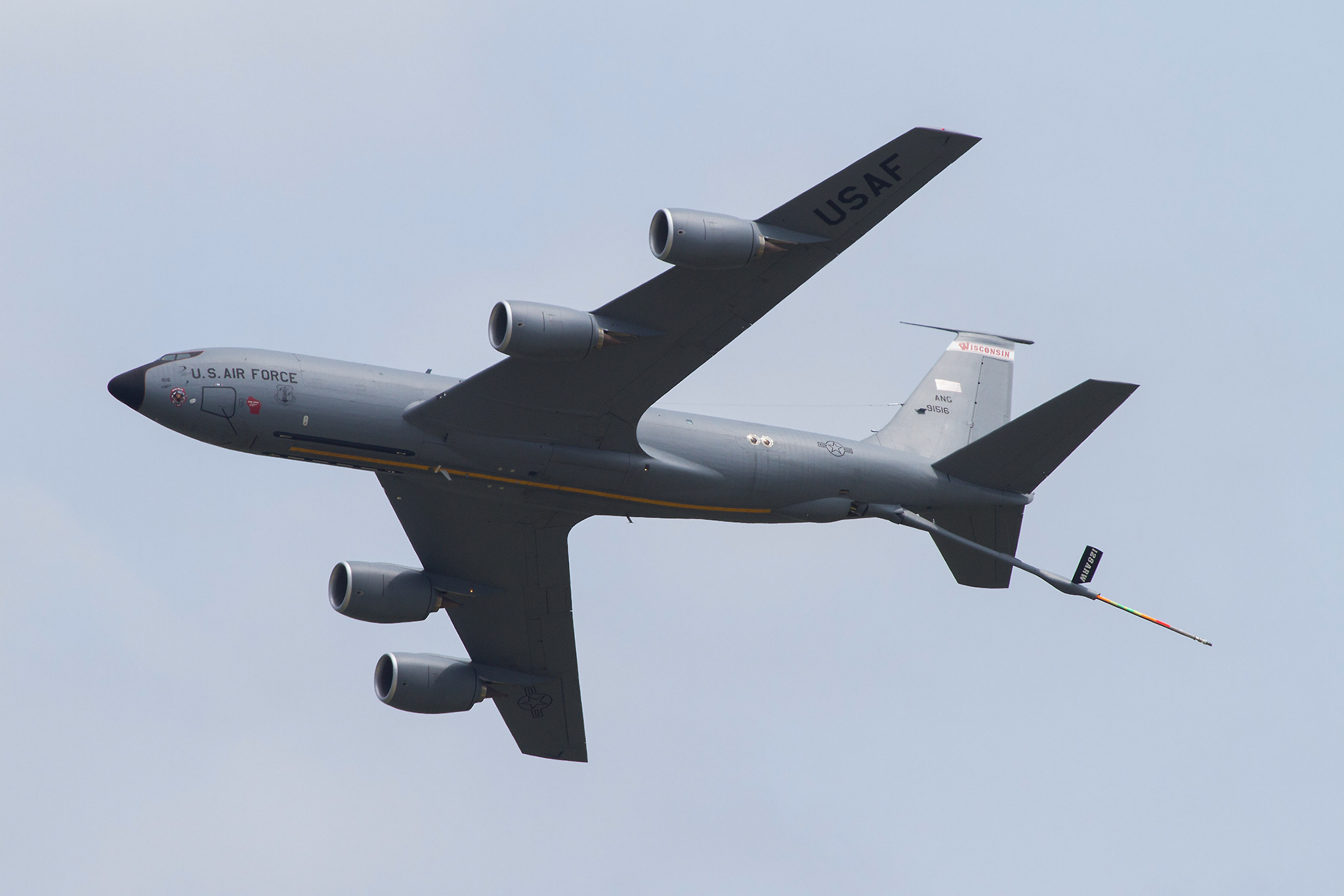
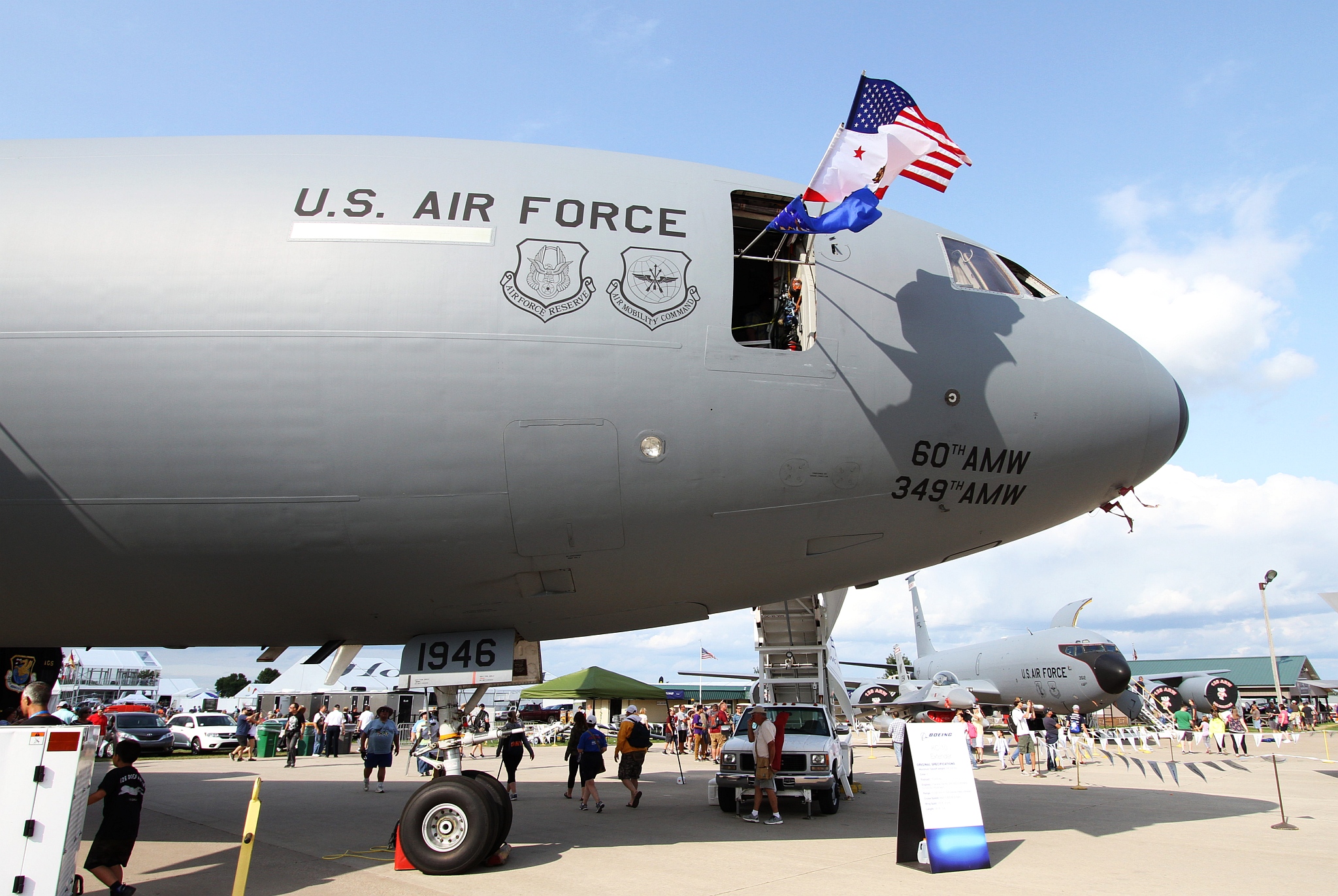
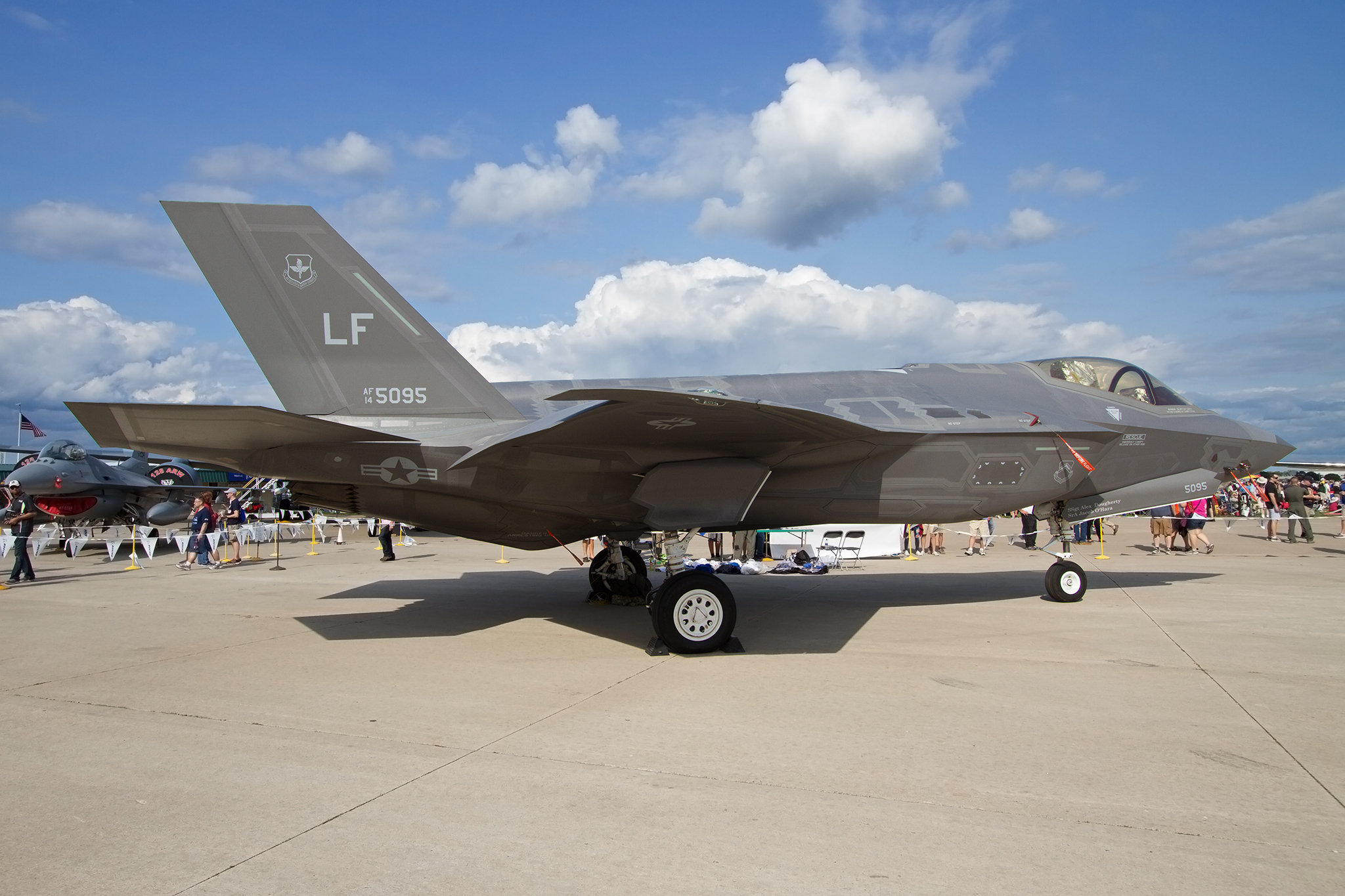

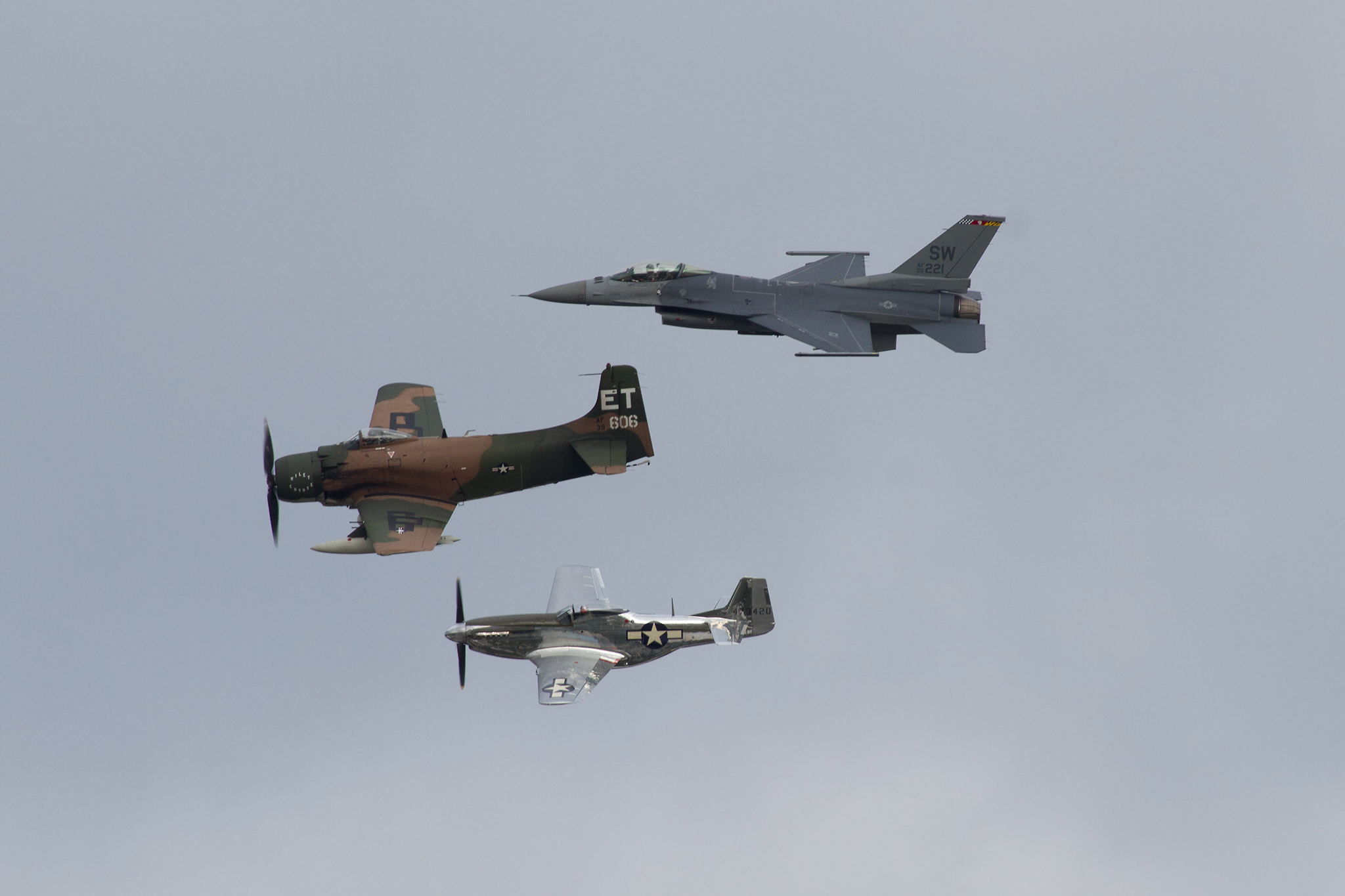
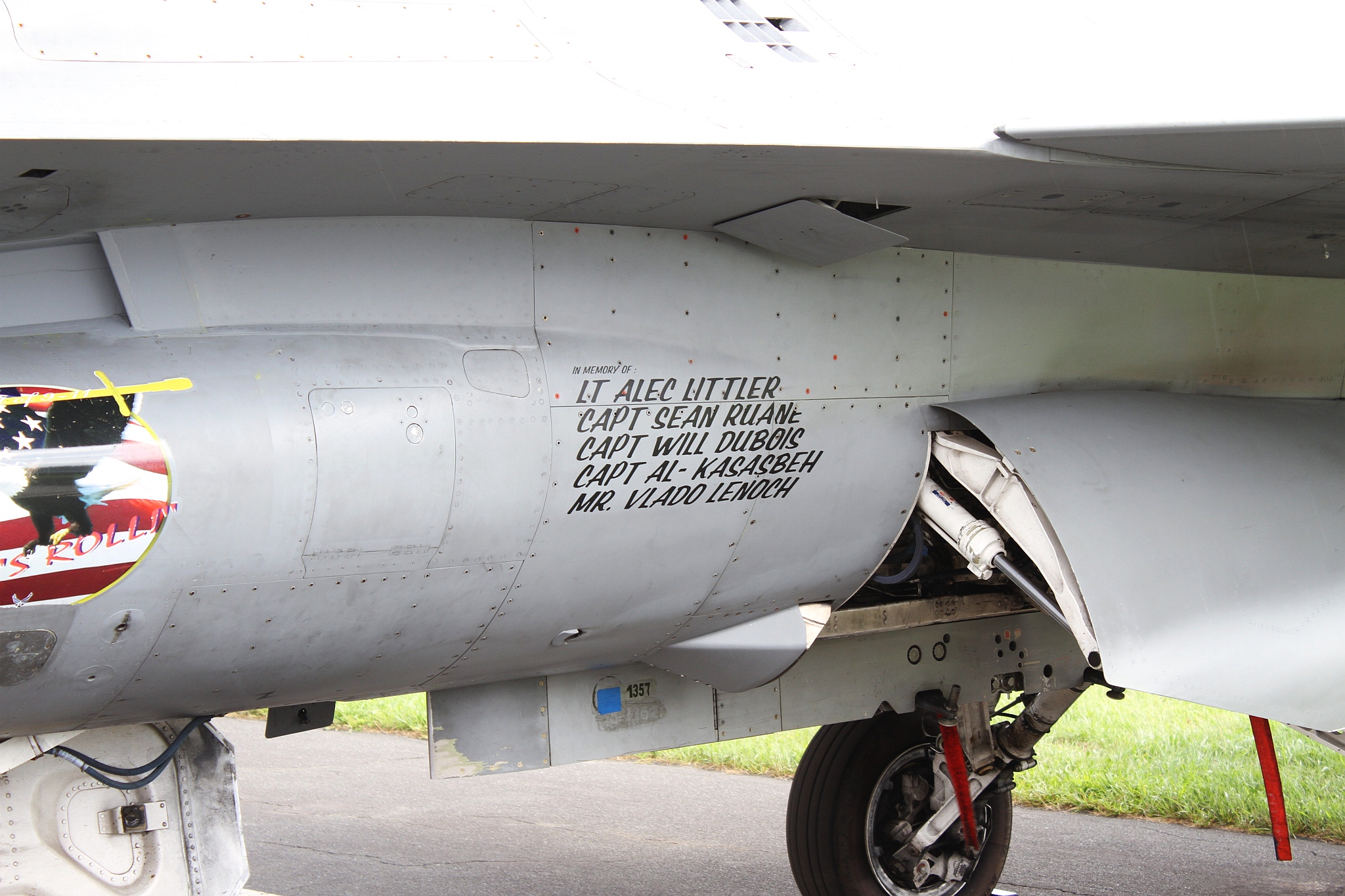
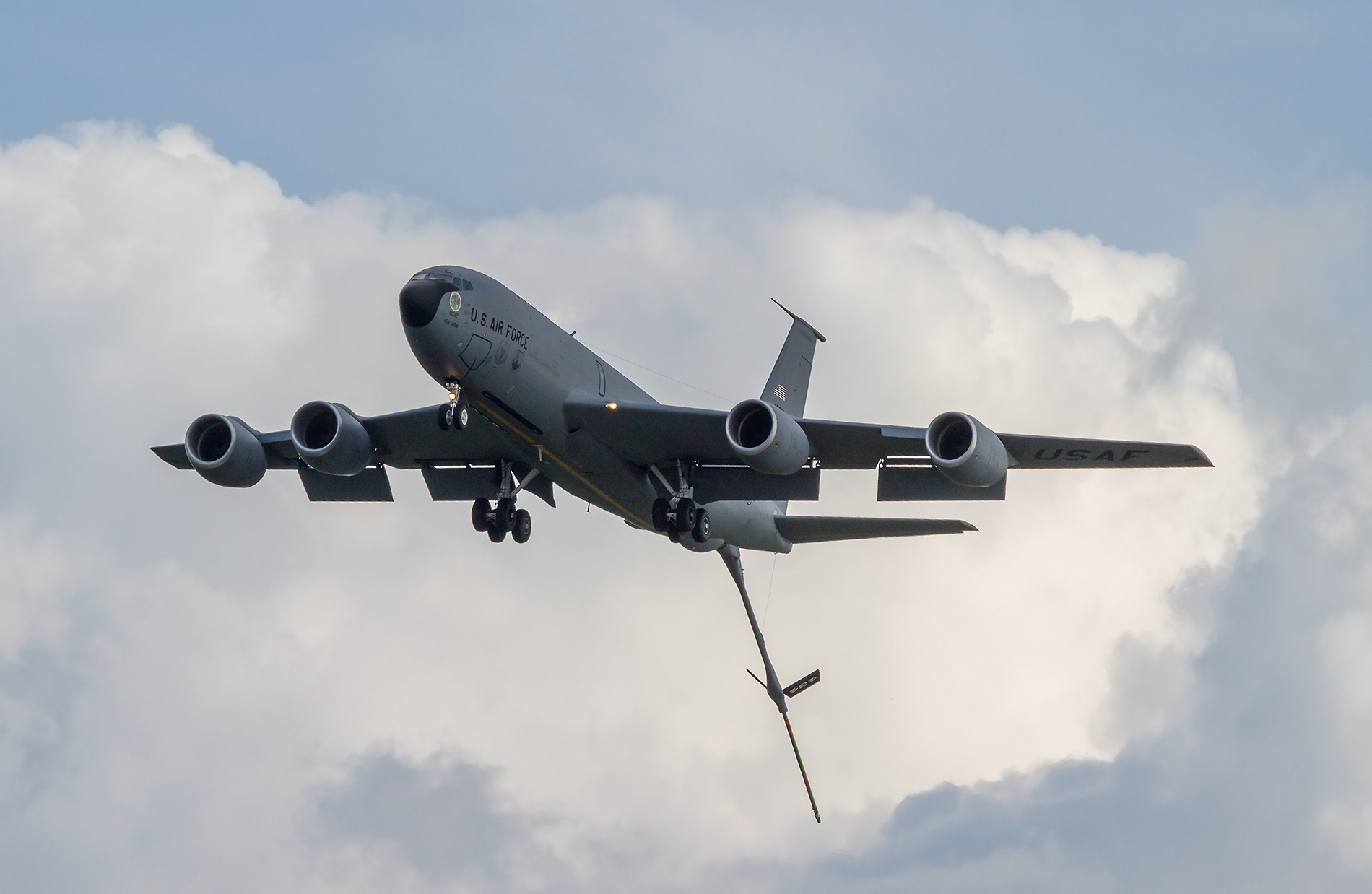
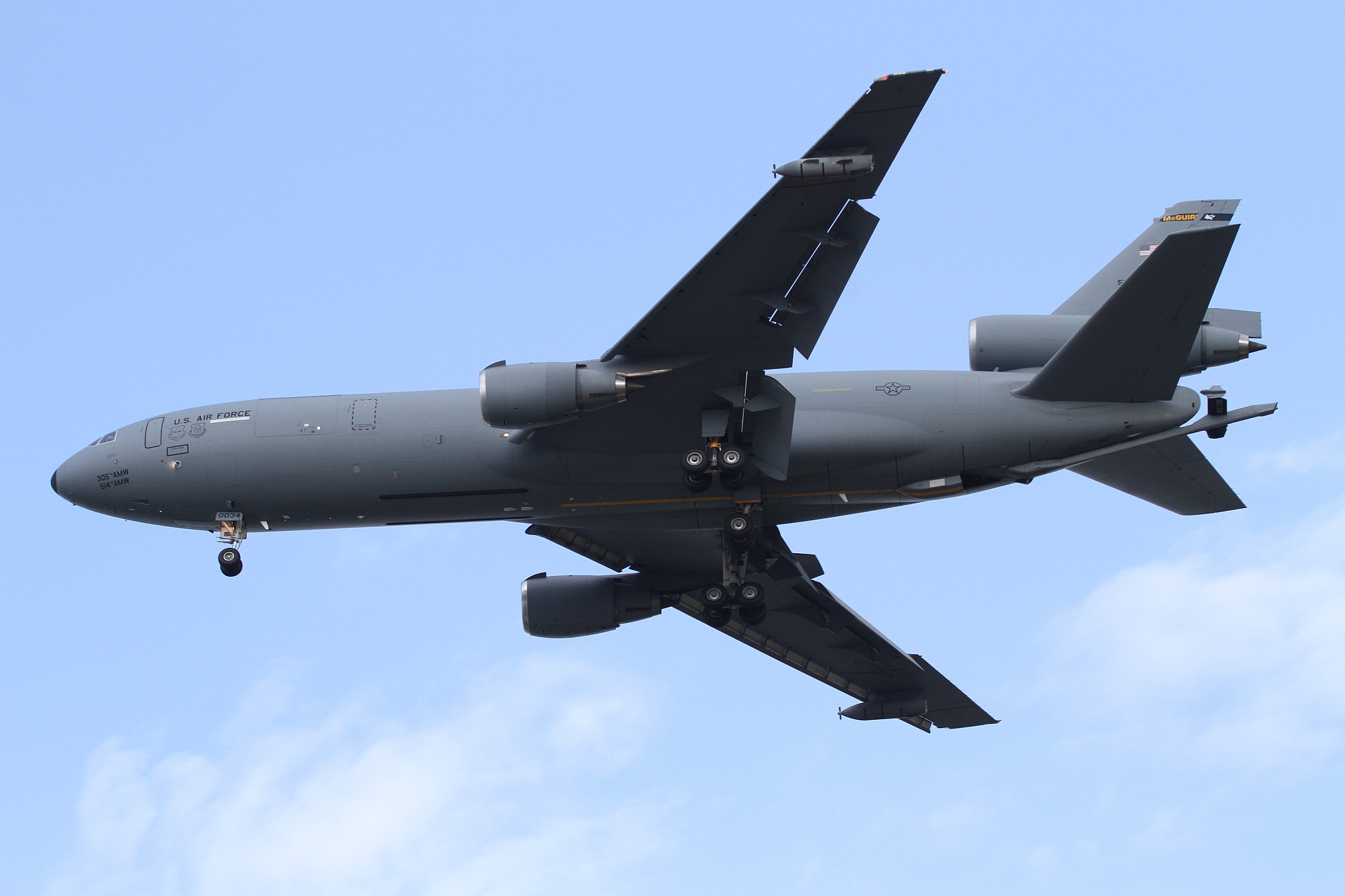
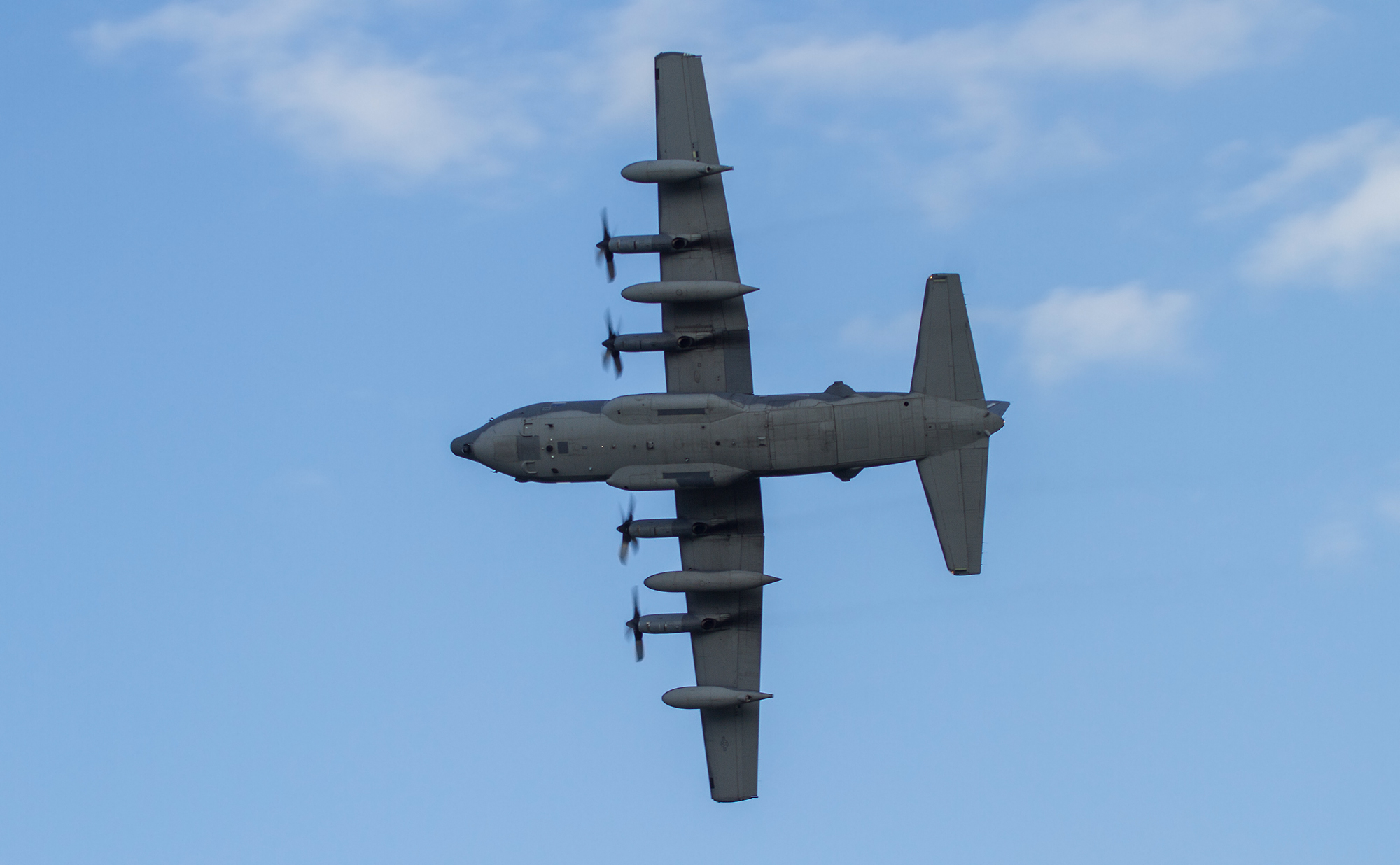
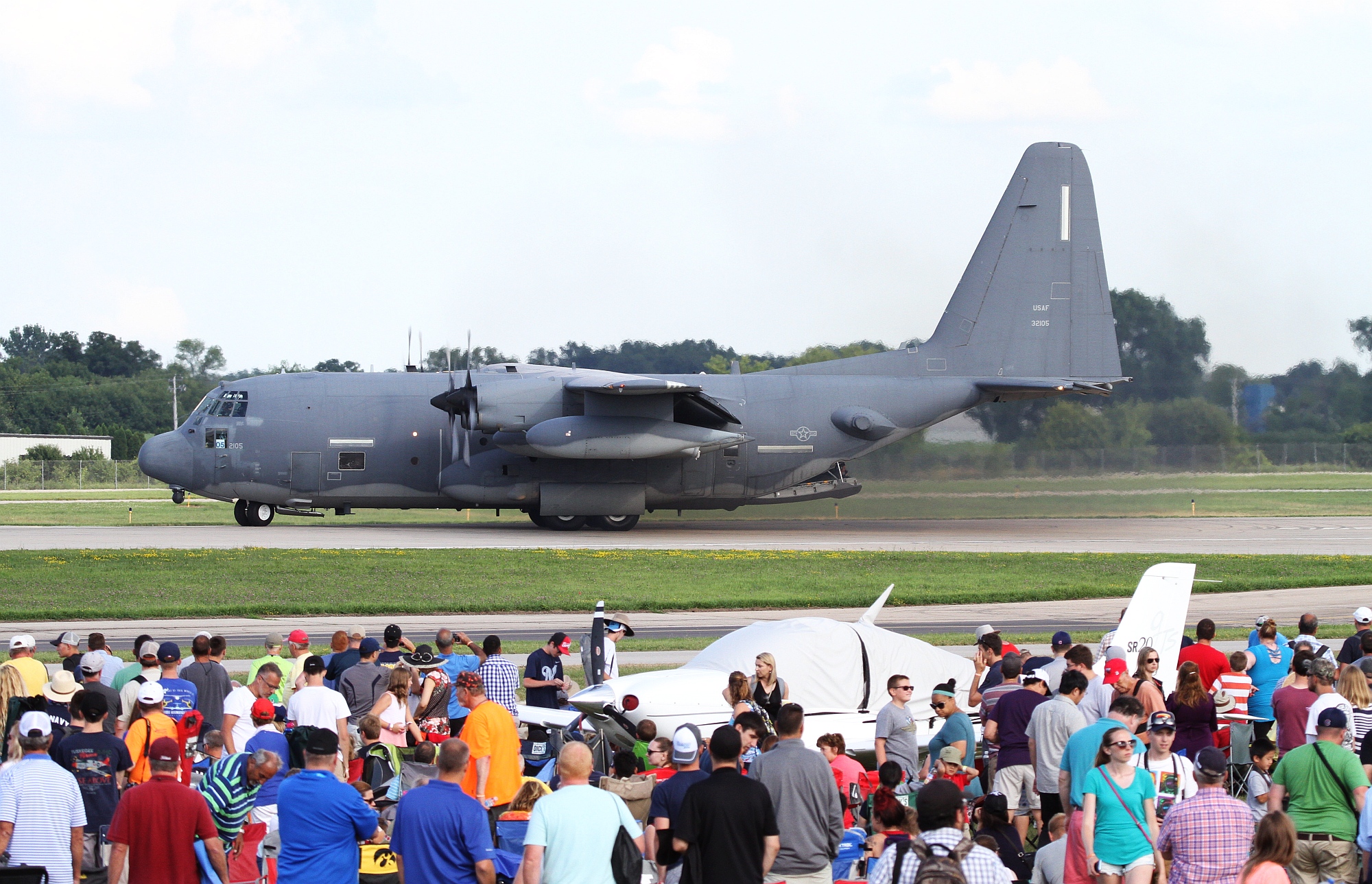
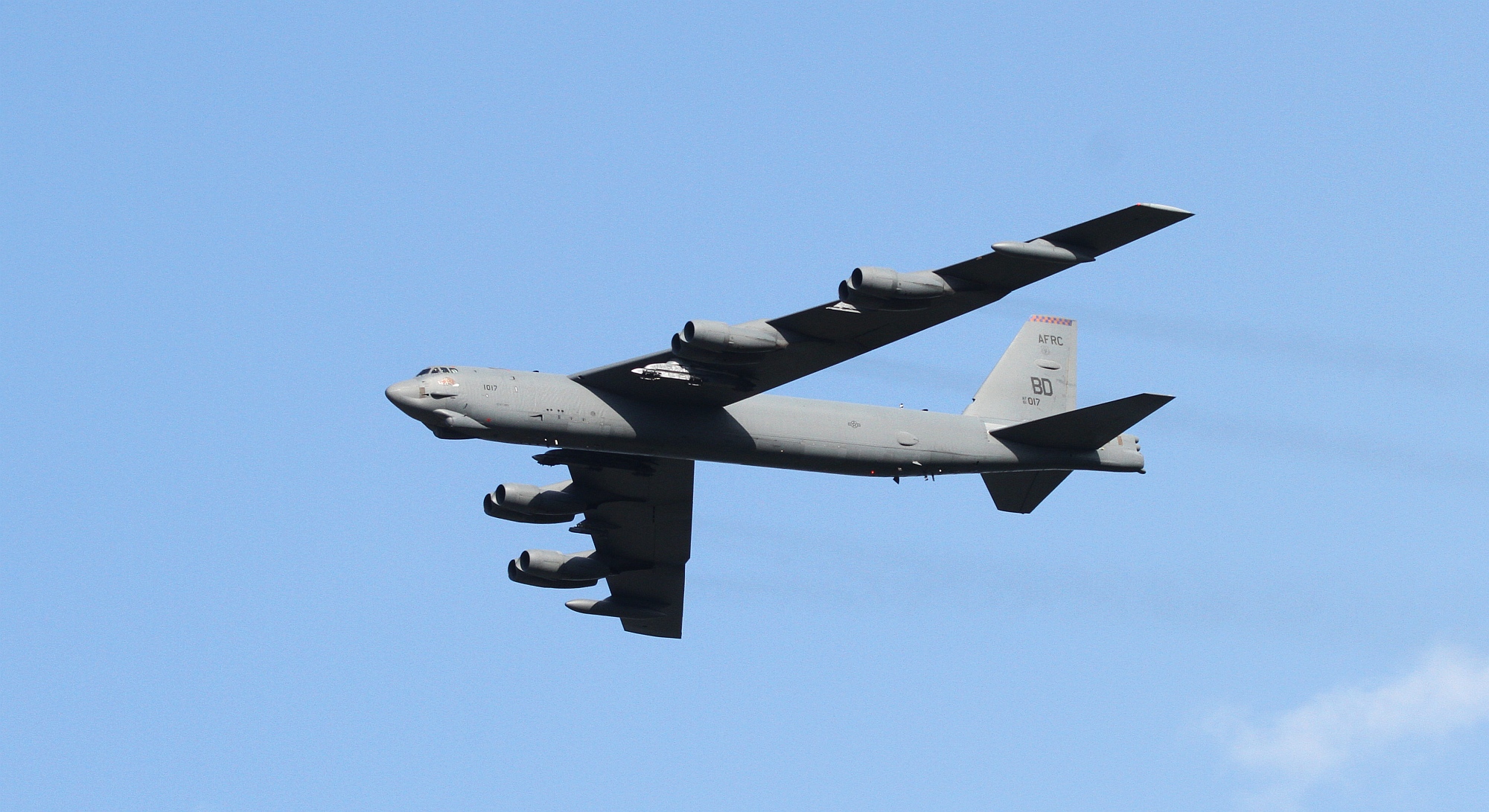

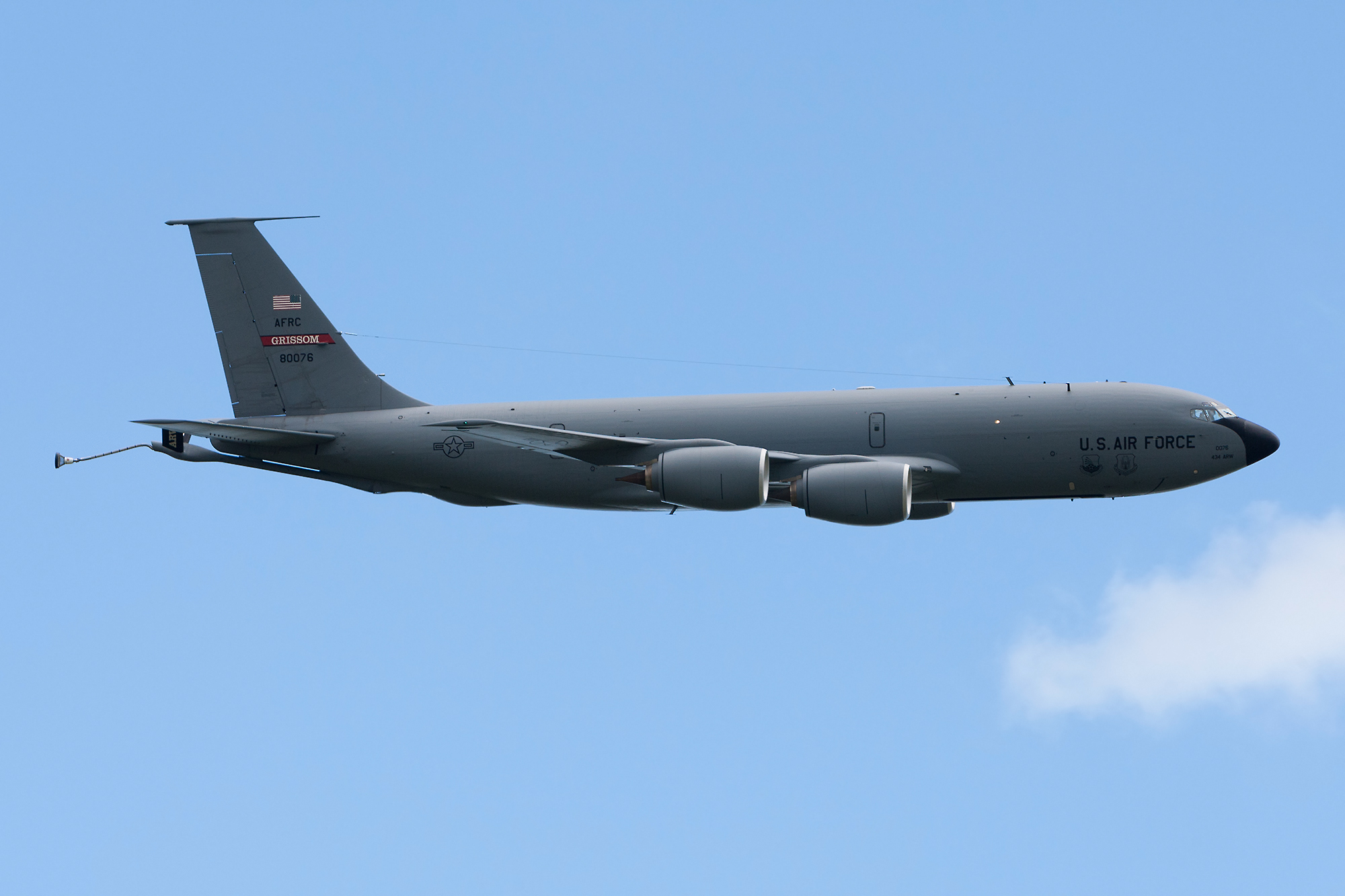
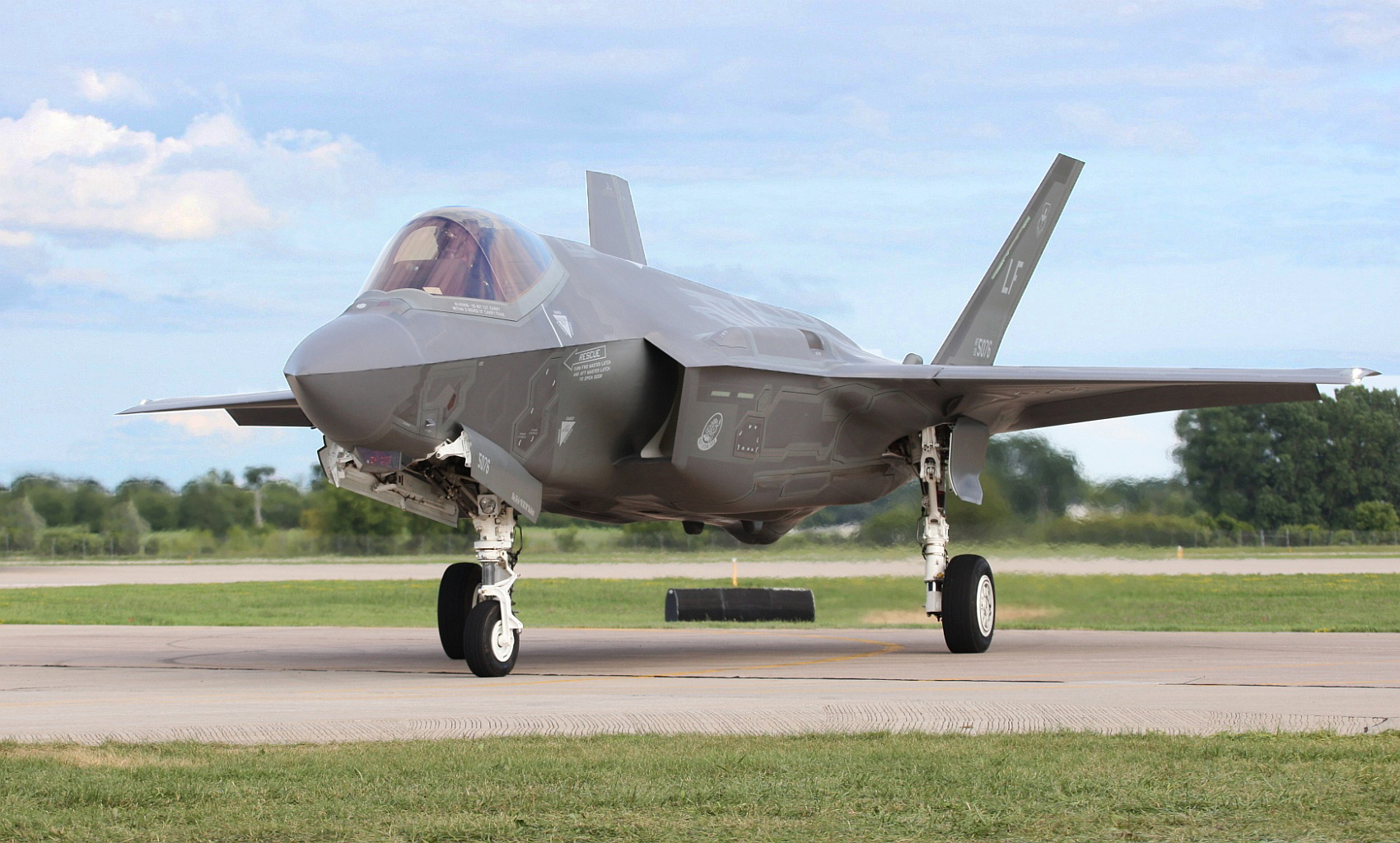


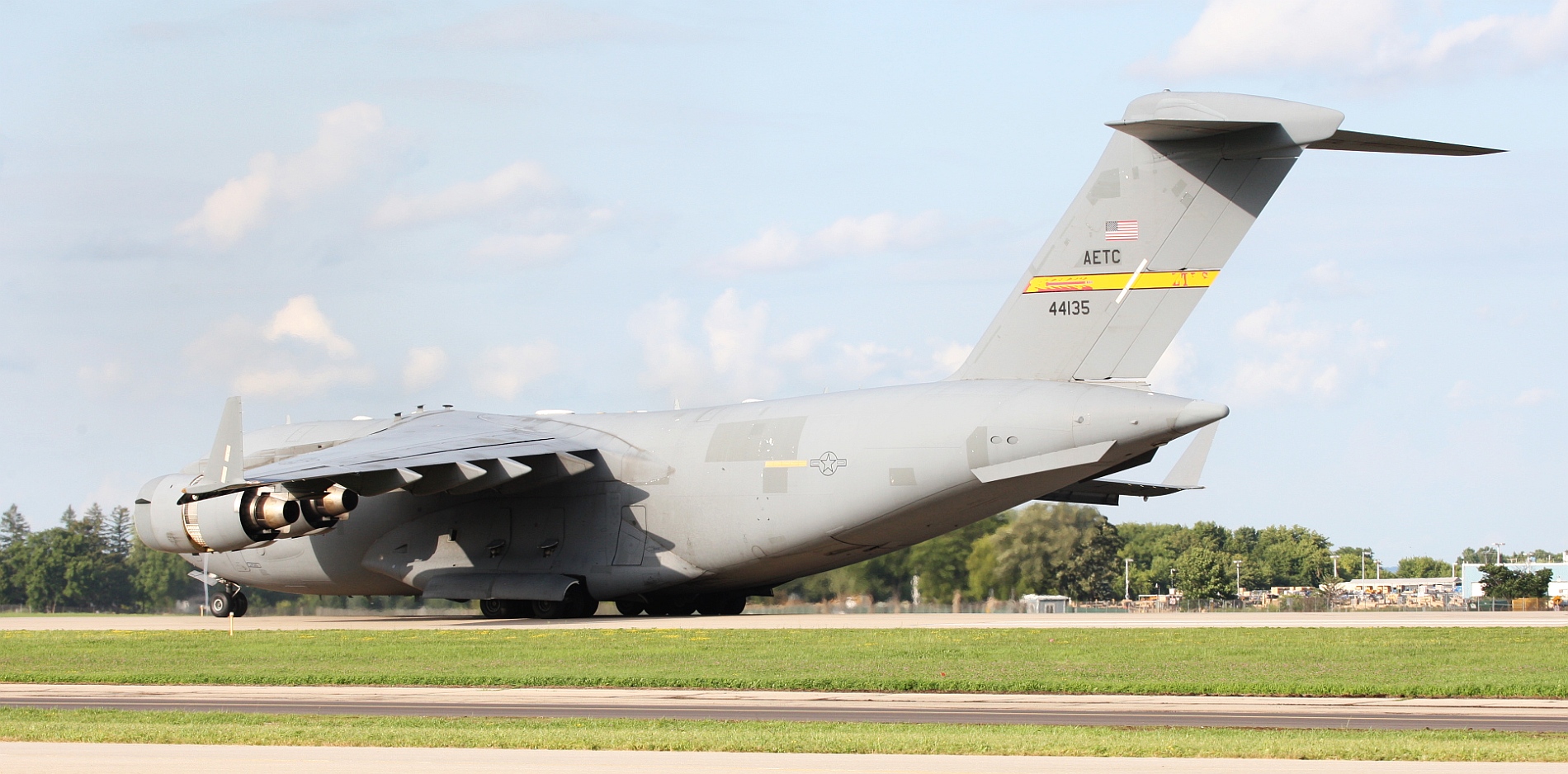
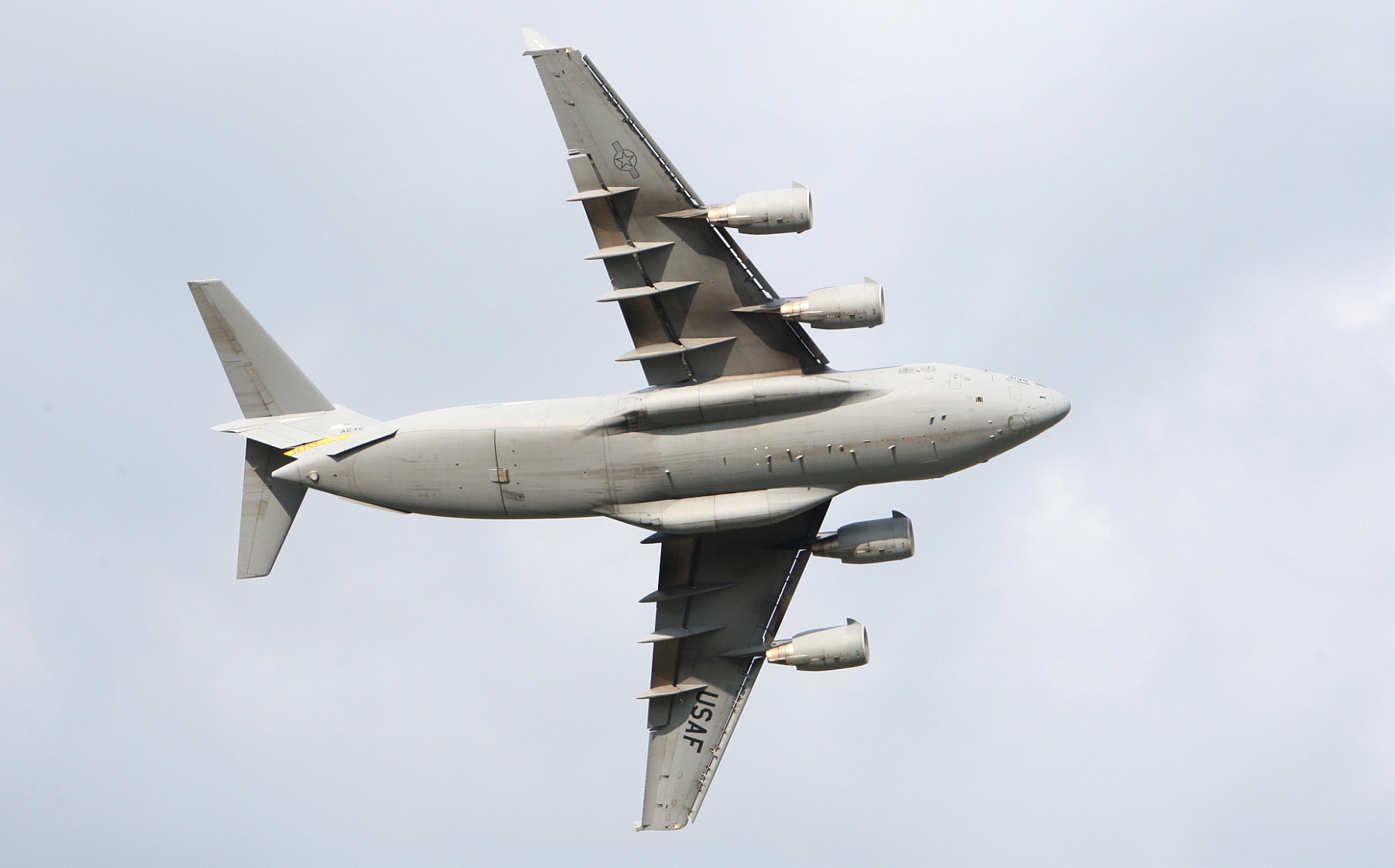

Jeremy D. Dando is an aviation photographer/writer based in Minneapolis, Minnesota. He holds a bachelors degree in Chemical Engineering and works as a Research and Development engineer designing new devices for the treatment of atrial fibrillation. Aviation photography allows him to combine his technical and creative sides to create an image which captures a moment in time and tells a story to the viewer. He has travelled worldwide photographing commercial and general aviation aircraft. Jeremy’s love of aviation and travel started early in life with family vacations to Europe and Florida. Now Jeremy spends his free time chasing things that fly and working with a local aviation restoration group to return a WWII aircraft back to flight worthy status. Jeremy’s photographic work has been used in corporate publications, magazines, calendars, websites and news articles. Jeremy uses Canon photographic equipment.
Jeremy can be reached at: [email protected]


